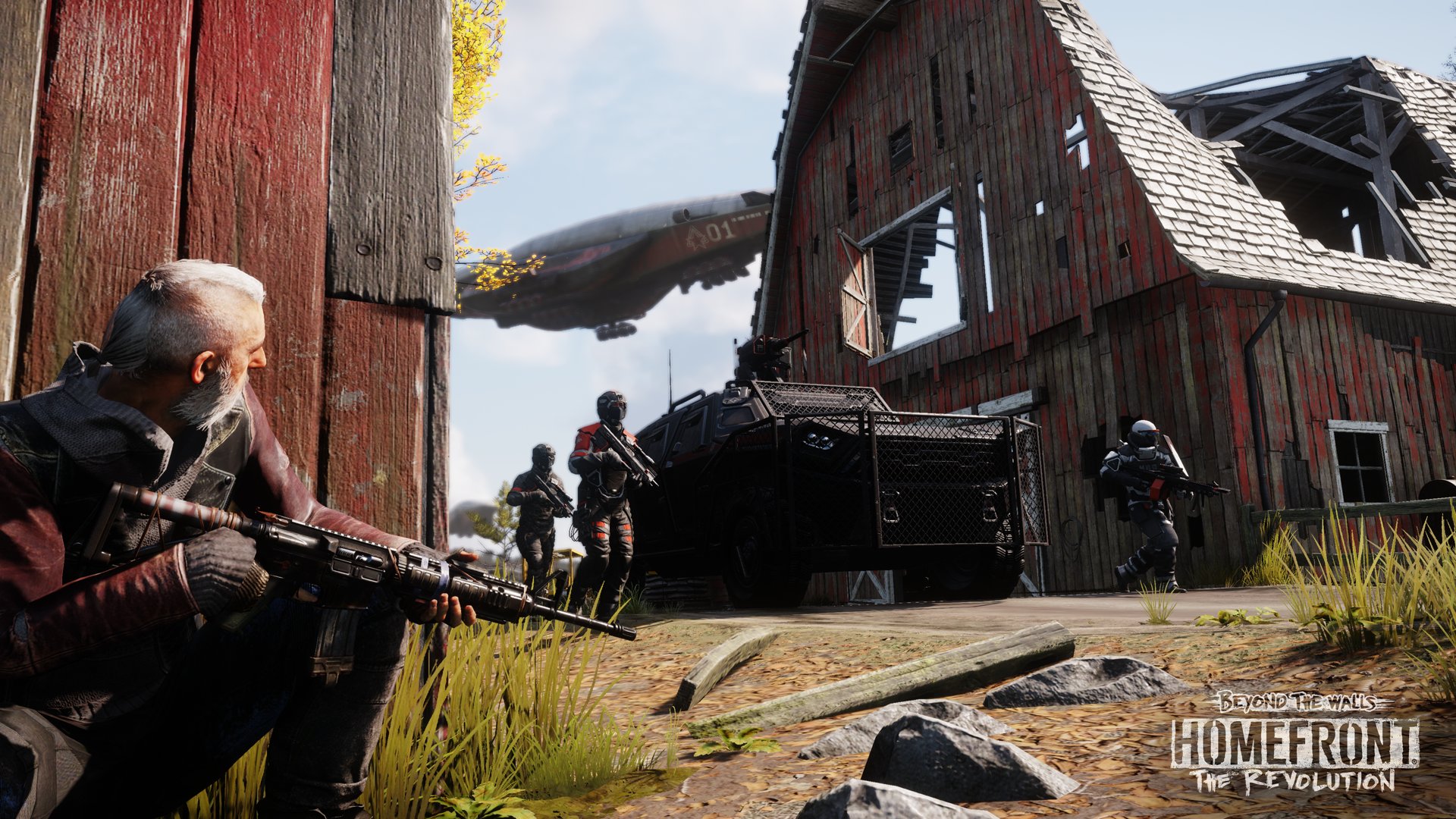"I didn't play the first Homefront."
"Lucky you."
Clearly, the above exchange I had with a PR rep for the upcoming Homefront: The Revolution is telling in the way that the new developer for the game, Dambuster Studios (which is essentially Crytek), is shepherding the franchise. And while my hands-on with the game were with the Resistance mode multiplayer component, the bulk of the time I spent talking to the PR reps and Senior Narrative Designer CJ Kershner of Dambuster Studios focused on how differently the game's story had panned out than the first title's.
Kershner, one of the few holdovers from the original title, is an American working for the British-led studio, who in addition to his regular duties makes sure American English is used throughout (he mentioned telling them to change signs that say "to let" to "to rent" and other basic idiomatic speech).
Homefront: The Revolution is set in a timeline with an alternate history, where instead of rising in the Silicon Valley, a company named APEX, which is like Apple or Microsoft, developed in Pyongyang in the late 1970's, allowing North Korea to develop technological advantage in the region and helping the Soviet Union win the Cold War. The Korean invasion of the US from the original game has a bit more of a precedent set by this history and your resistance as the freedom fighter Ethan Brady in Philadelphia, which they were quick to say was different from your avatar in the co-op mode.
"You play as a resistance cell, a four-man team," Kershner said. Resistance fighter, rebel, insurgent, terrorist—the game is all about guerrilla tacticsand combat in an urban wasteland. The Philadelphia of Homefront: The Revolution looks a lot like a slightly more organized layout of the urban wasteland of abandoned Detroit, but patrolled by roving bands of armored trucks and soldiers.
We're a far cry from the guys in the trailer when we start out on easy mode missions with the barest-of-all-bones equipment. Our mission, to reconfigure a satellite by hacking its ground communications to get Intel, is a game of run, shoot, and hide. "This isn't a stealth game," Kershner says, playing as a member of the cell with us, "but when you shoot, the enemy will come running to that location, so conserve your ammo."
For a game that's not primarily a stealth game, Homefront: The Revolution actually has quite a bit of it. Enemy awareness of the player can be seen in warning icons that come up when you move into enemy view, with an eye meter that fills relative to how visible you are before you are spotted. Sneaking is, at times, just much more efficacious.
This became clear in the second mission we played, an infiltration mission on normal difficulty. Between missions we were rewarded with money, and I used mine to buy a weapon pack, which functioned as a gacha or CCG draw to randomly fill out your inventory. I lucked out and drew the Inferno Launcher.
A shotgun that fires napalm rounds, the Inferno Launcher became a godsend for raining fiery death on nearby enemies, with its medium spread and massive destructive power. It had low ammo capacity, which meant I had to pick targets carefully and generally play backup-tank, but I stayed relatively close to my fellow cell members.
Even with that feather in our cap, it was still hard-going: the challenge of normal mode at such low level made the combat conditions of normal mode punishingly hard. We spent at least the first six minutes desperately reviving each other from where we had fallen to enemy fire. When we finally got out from under the massively outnumbered and well-defended sights and regrouped, we were already harried and short on ammo (higher difficulties increase ammo scarcity as well).
Kershner commented that the weapons like the Inferno Launcher or the quad-shotgun blunderbuss are from later in the single-player campaign, but he seemed glad we got to see them. Like the game's broken-down Philly, everything the cell has feels cobbled together or near crumbling, the weapons themselves feeling especially makeshift. Kershner added that this gives the game a particularly fun feel when modding your weapons on the fly, mid-mission.
After taking the enemy compound through a sewer vent and raining hot napalm death upon them to help end the more intense firefights, we were eventually taken out while attempting to steal two of their armored vehicles. Unfortunately, they destroyed one of the vehicles after I accidentally blew myself up with an itchy-trigger finger while my Inferno Launcher was pointed at the ground. Lethality goes both ways.
Homefront: The Revolution had a fun and intense open-world experience that placed the emphasis on player-driven mechanics in order to achieve objectives (as opposed to scripted corridor shooting events). Reimagined as an urban warfare guerrilla shooter, it has a lot going for it, and it'll be interesting to see how diverse the scenarios are in the single-player campaign. It will release on Xbox One, PS4, and PC on May 17th, with a closed beta of the Resistance mode from February 11-14th on Xbox One.
homefront-the-revolution
-
homefront-the-revolution #1
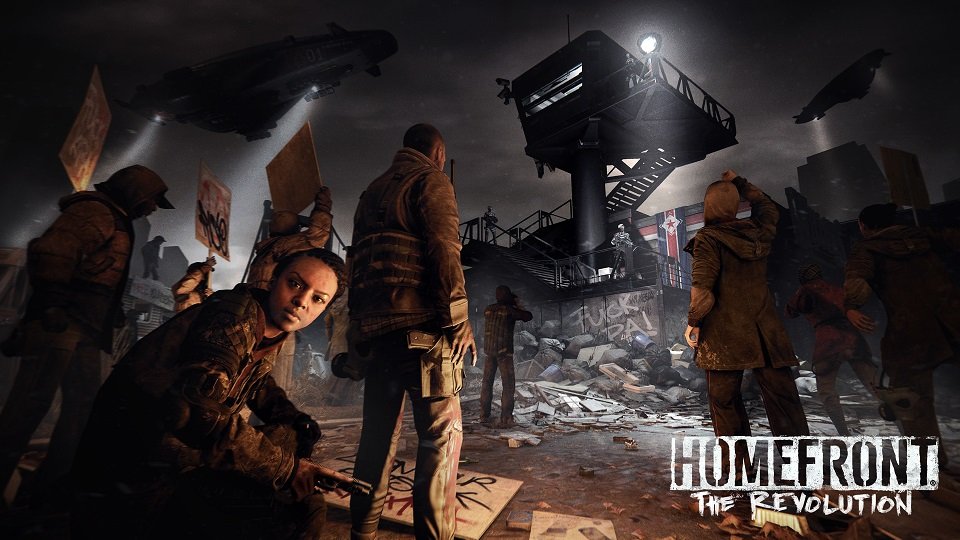
-
homefront-the-revolution #2
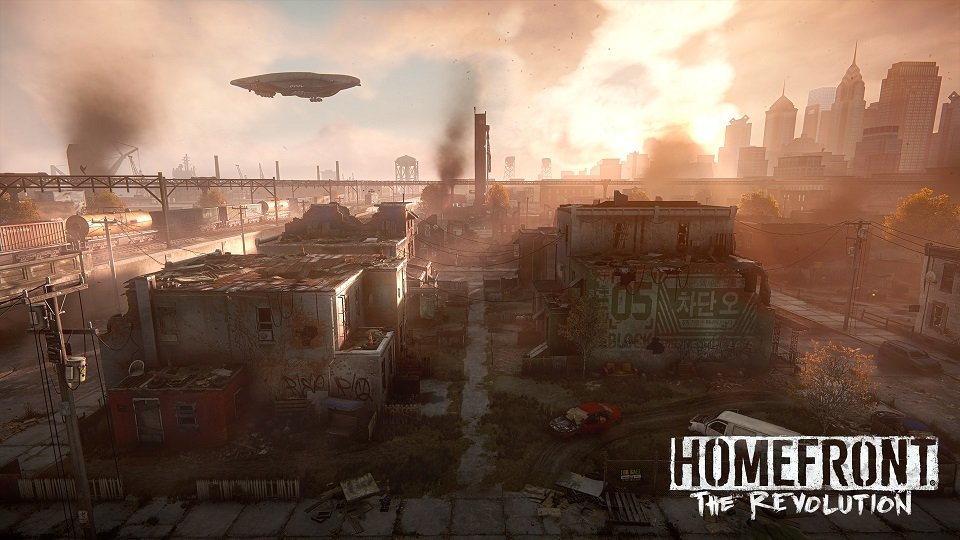
-
homefront-the-revolution #3
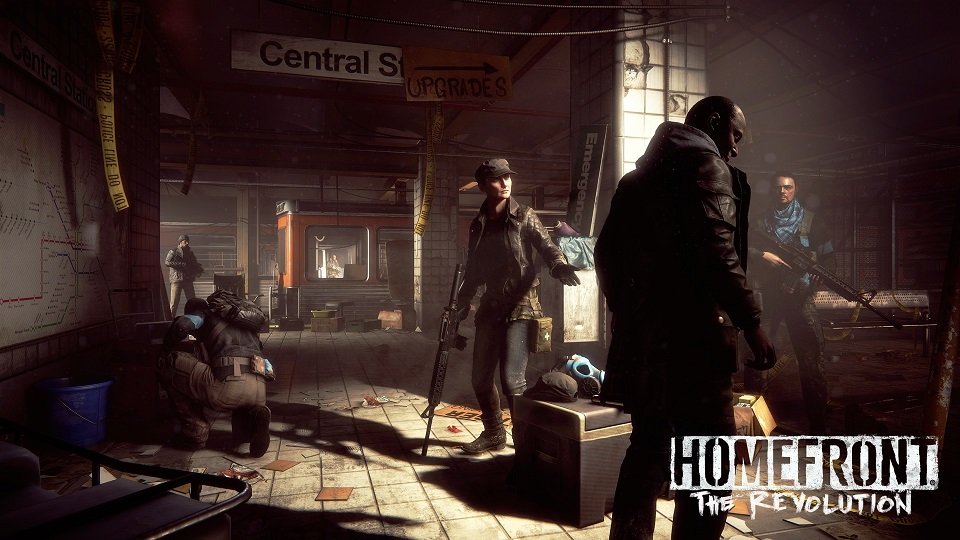
-
homefront-the-revolution #4
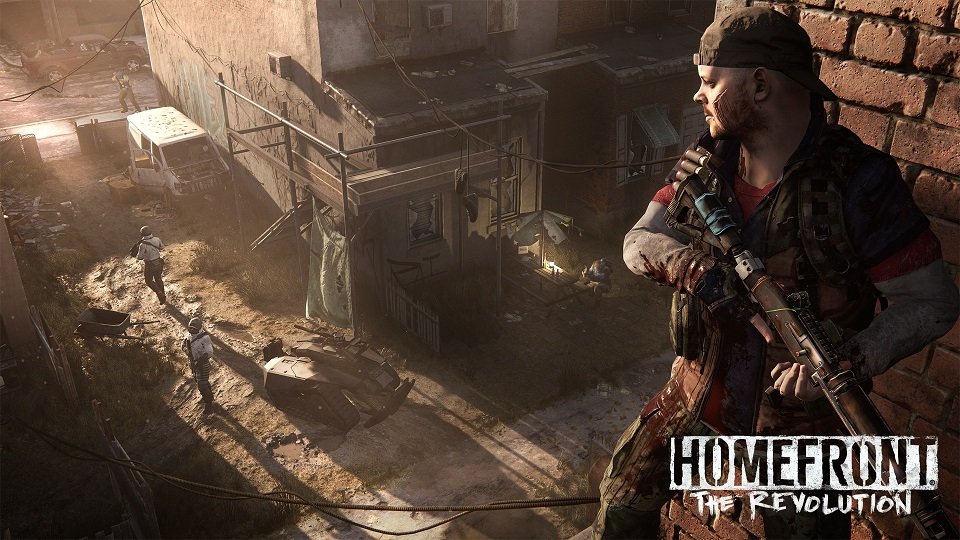
-
homefront-the-revolution #5

-
homefront-the-revolution #6
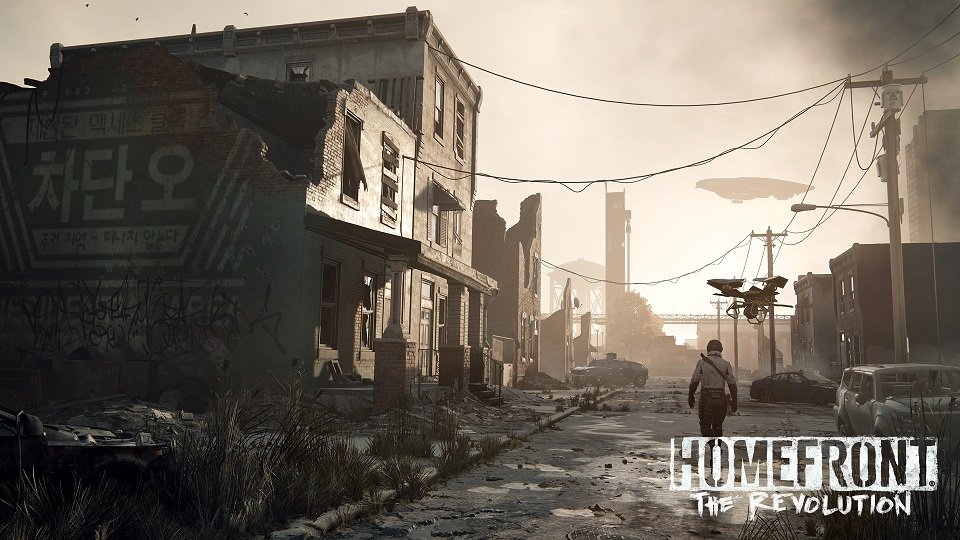
-
homefront-the-revolution #7
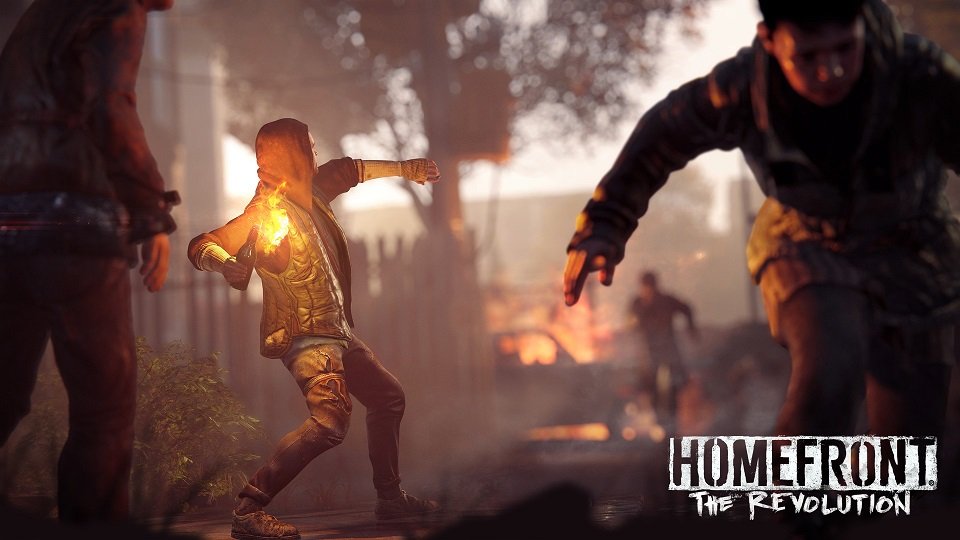
-
homefront-the-revolution #8
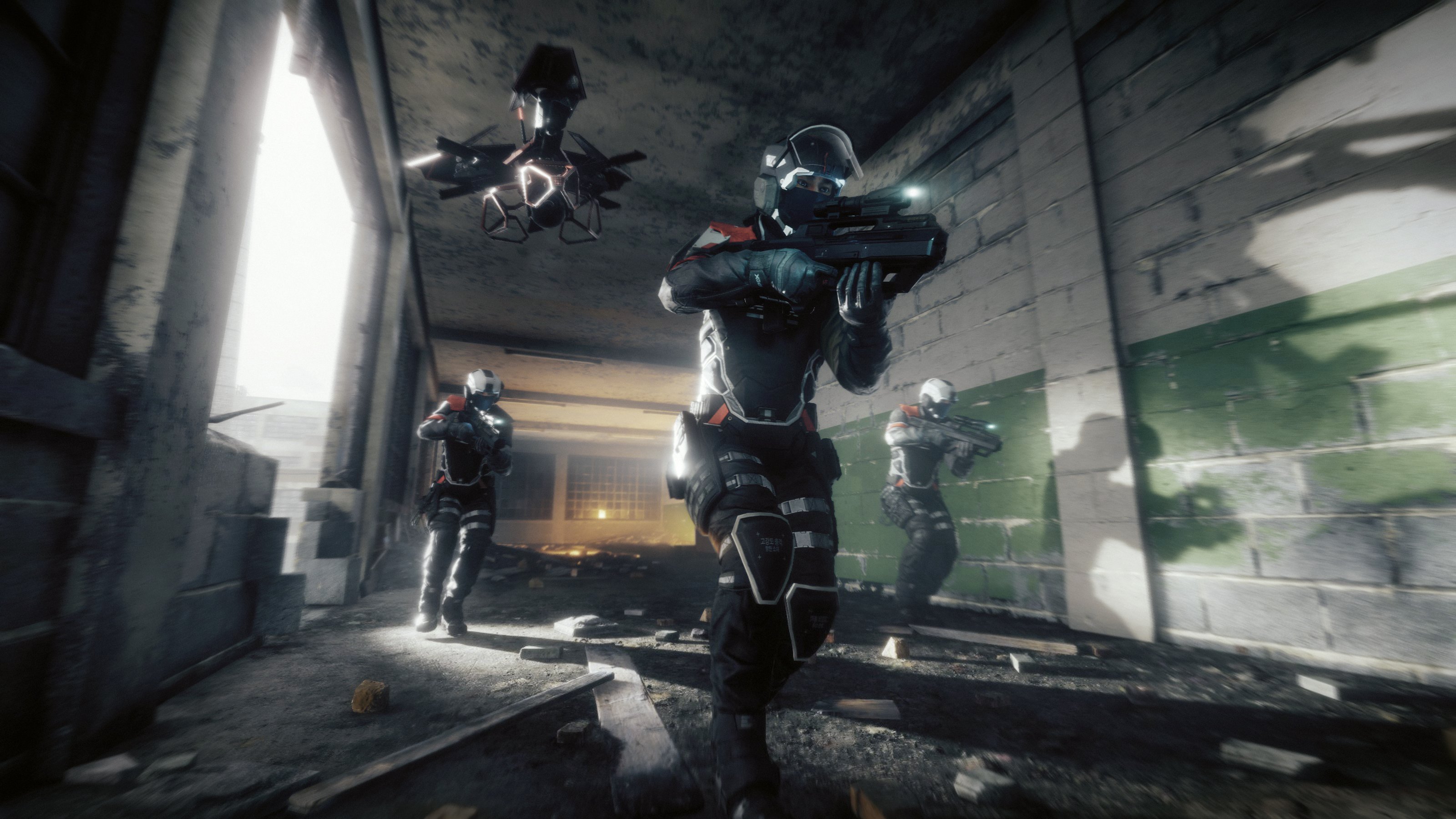
-
homefront-the-revolution #9
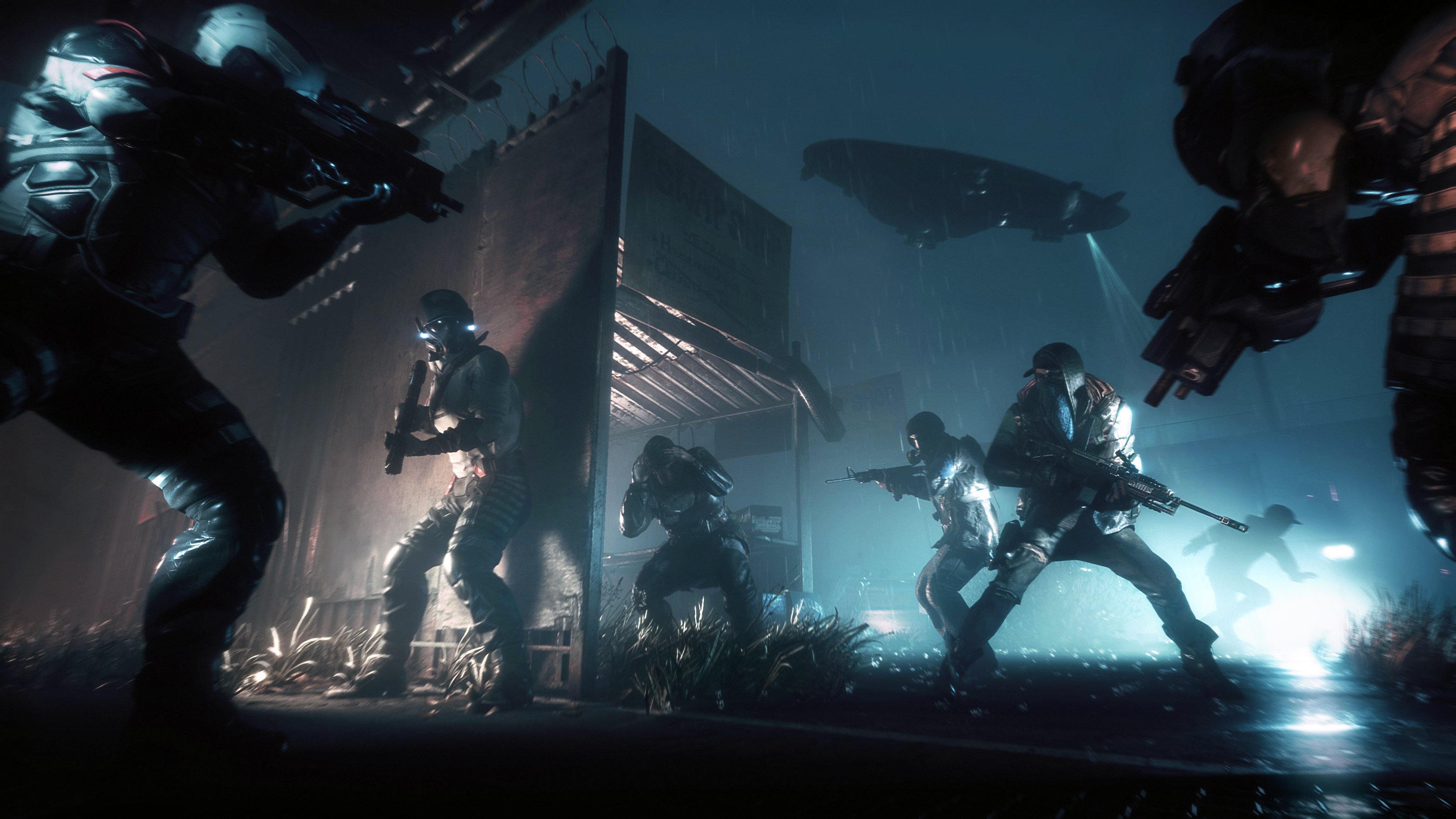
-
homefront-the-revolution #10
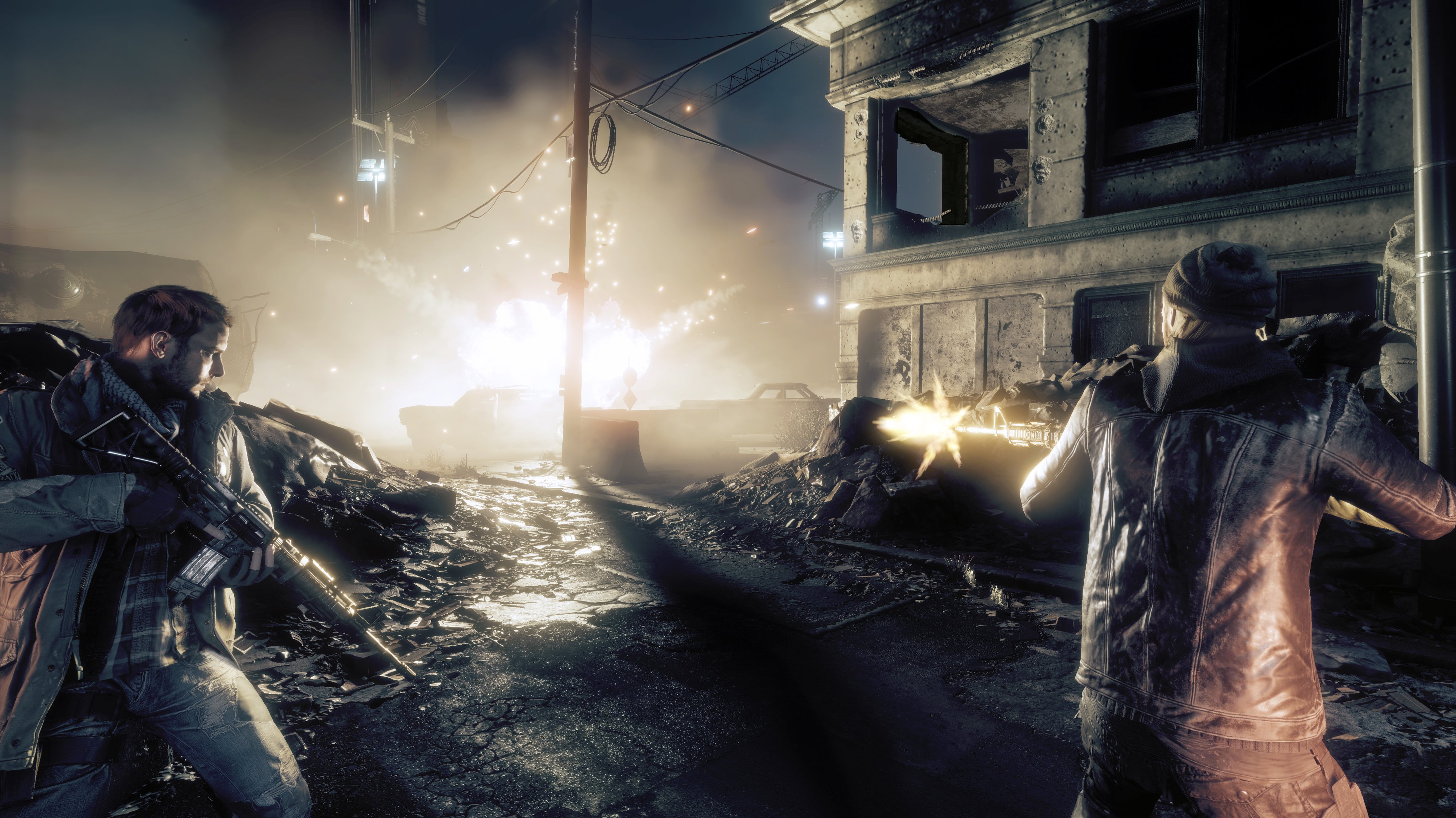
-
homefront-the-revolution #11
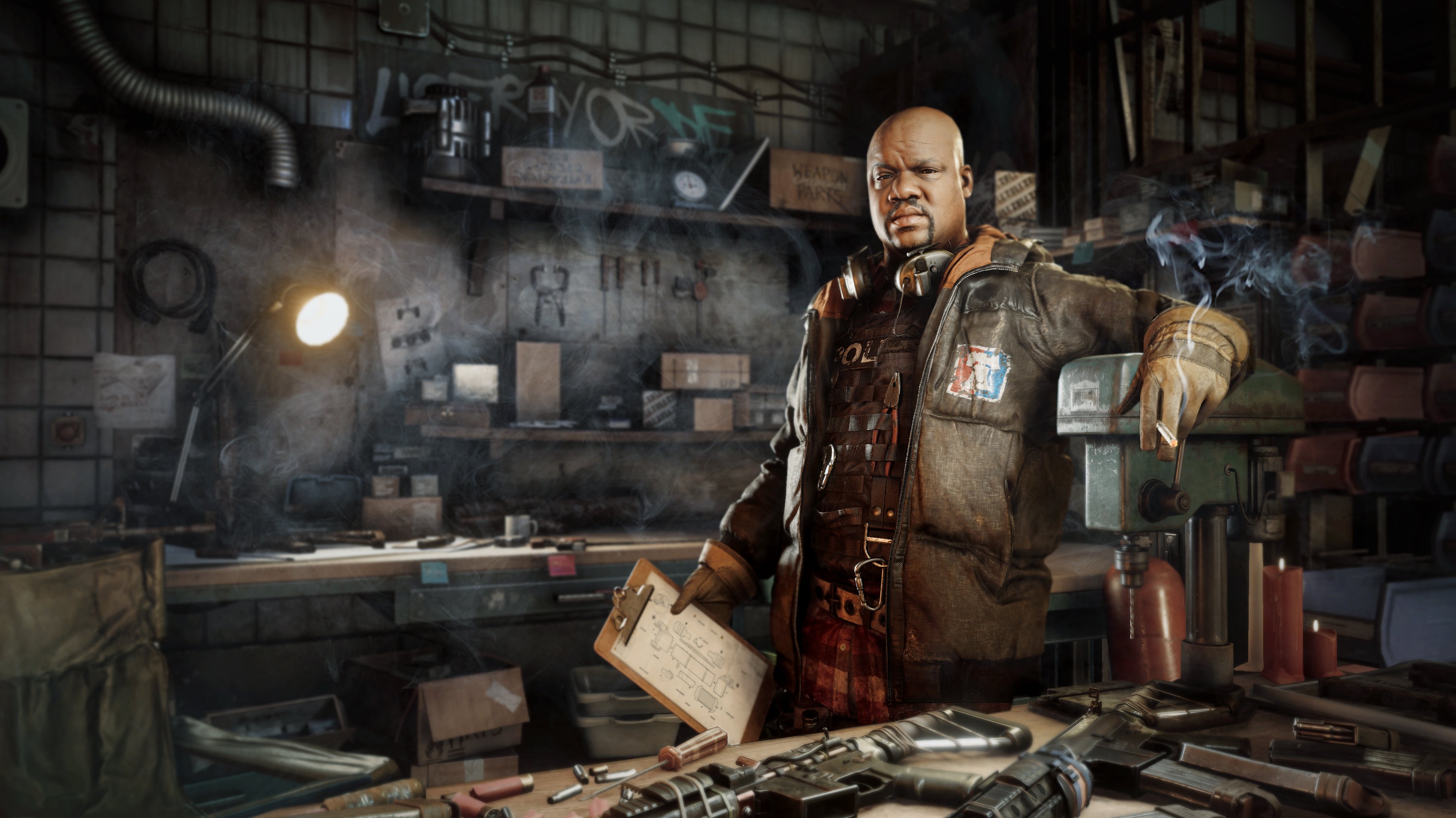
-
homefront-the-revolution #12
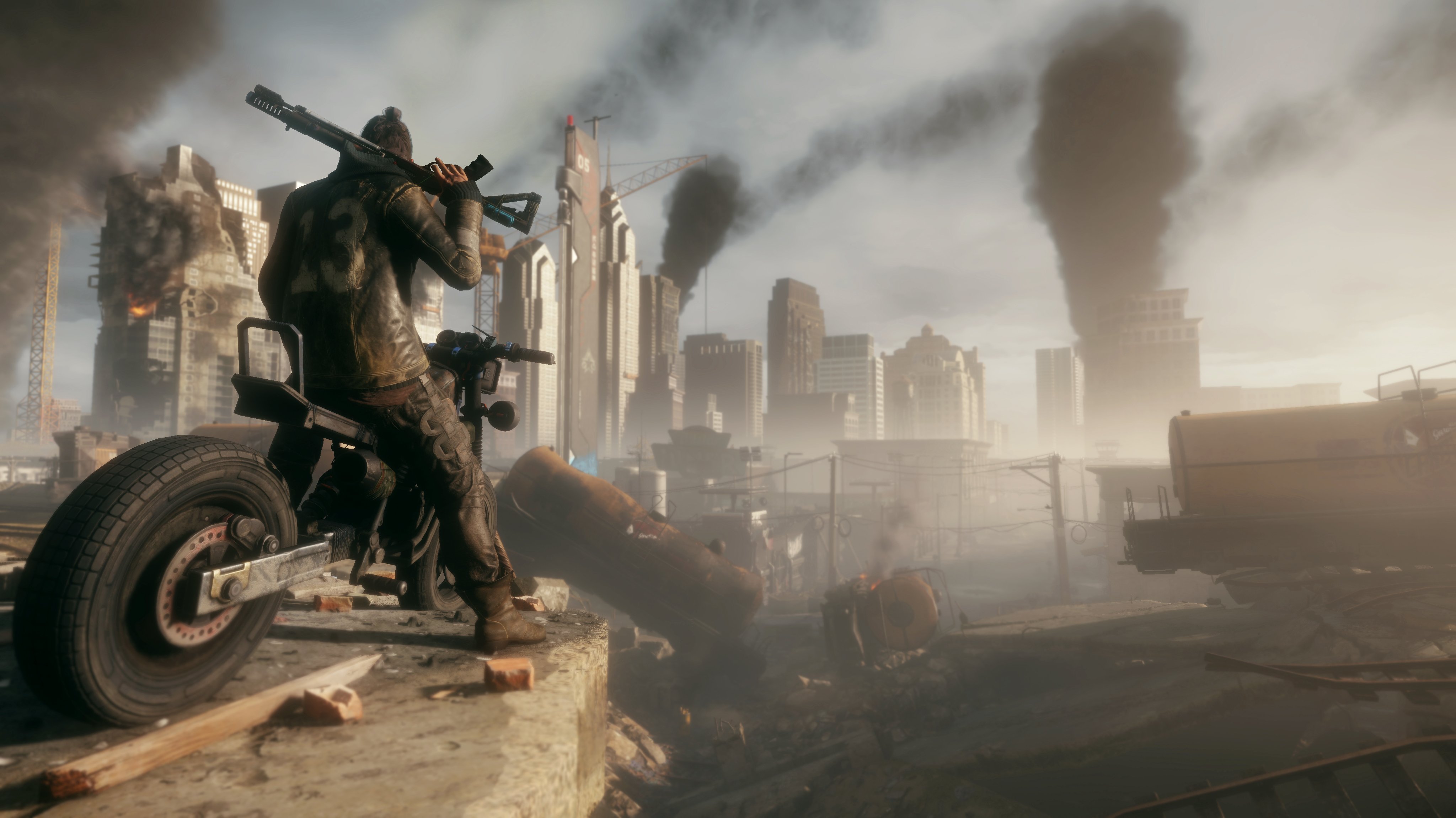
-
homefront-the-revolution #13
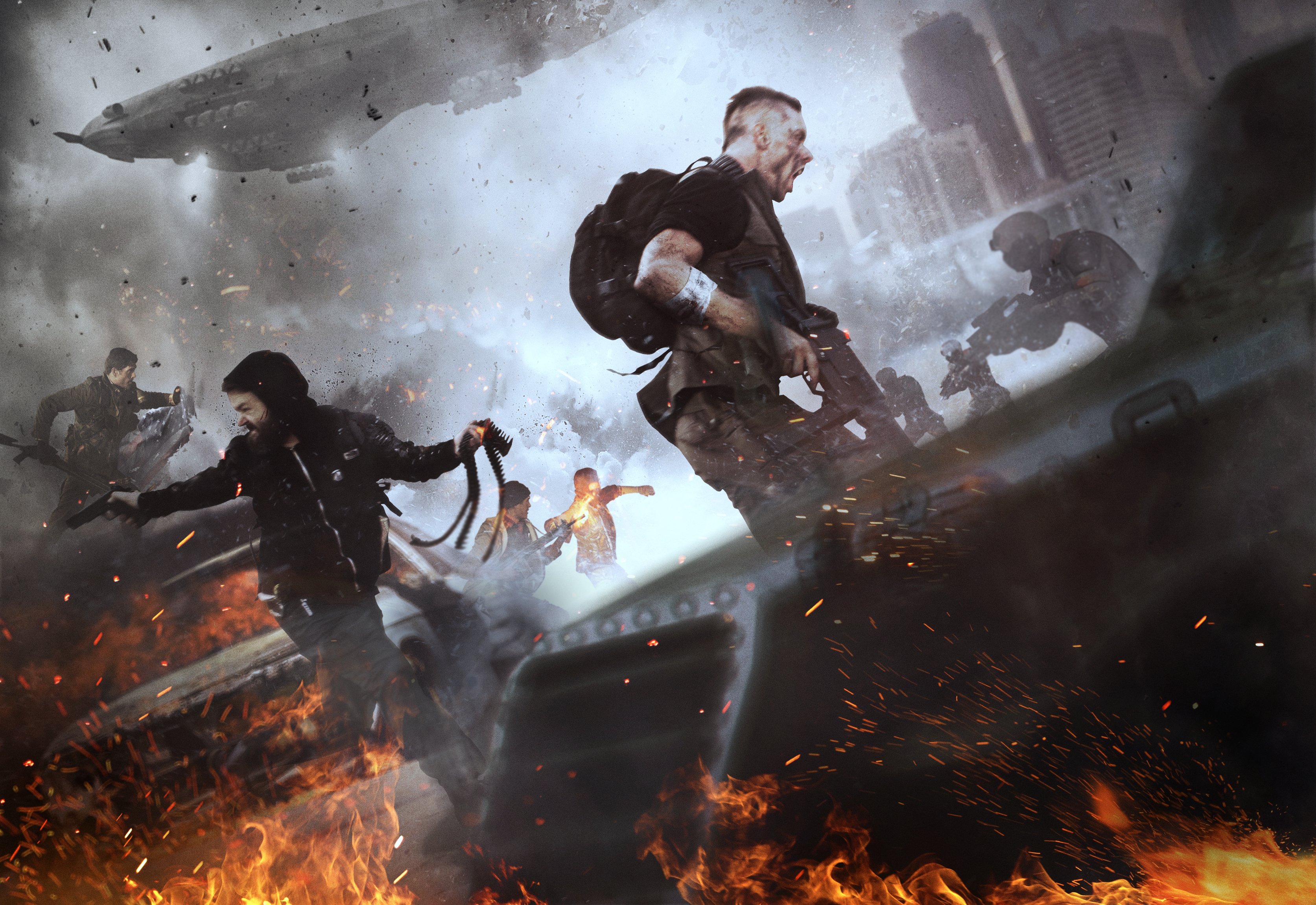
-
homefront-the-revolution #14
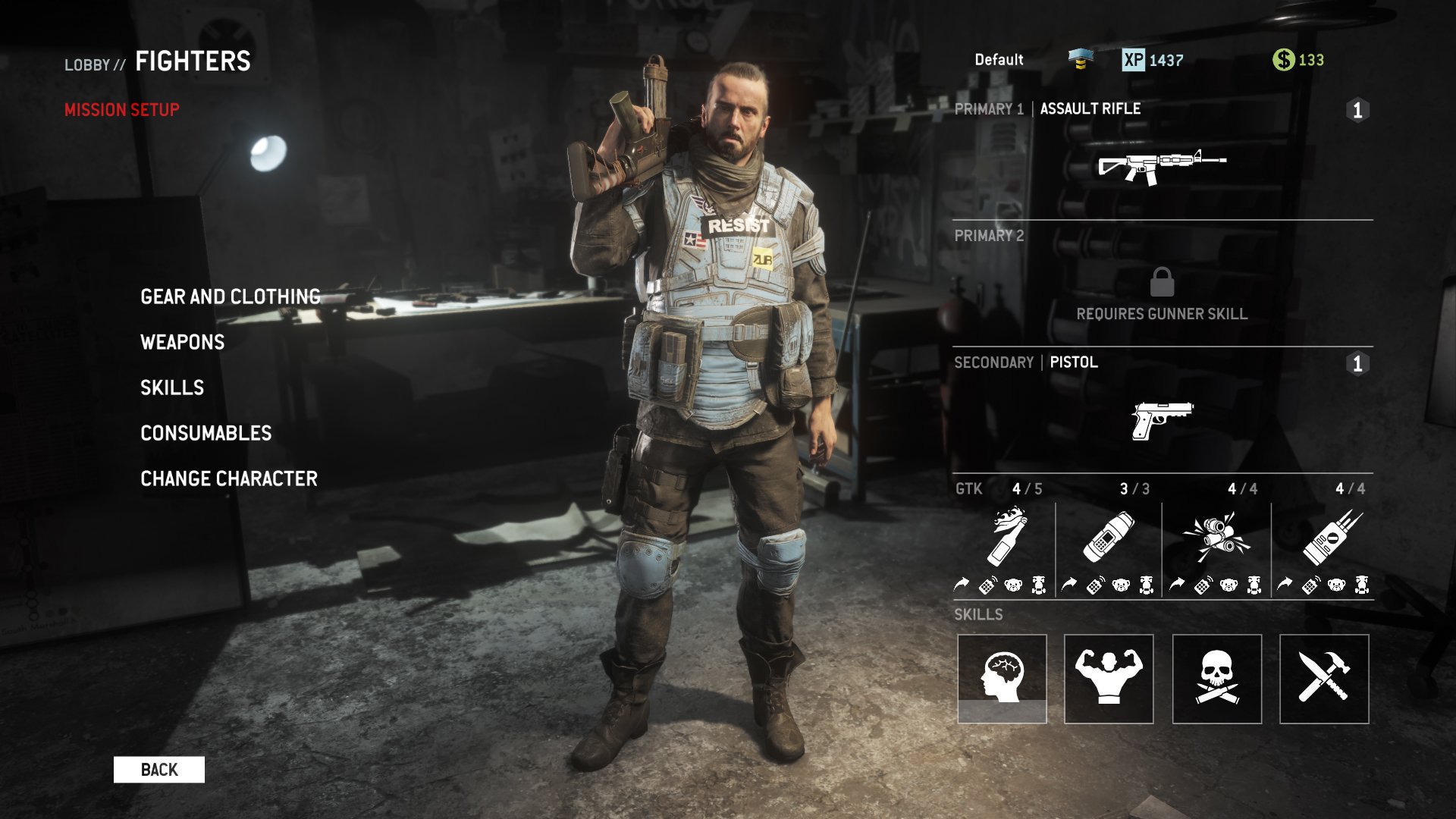
-
homefront-the-revolution #15
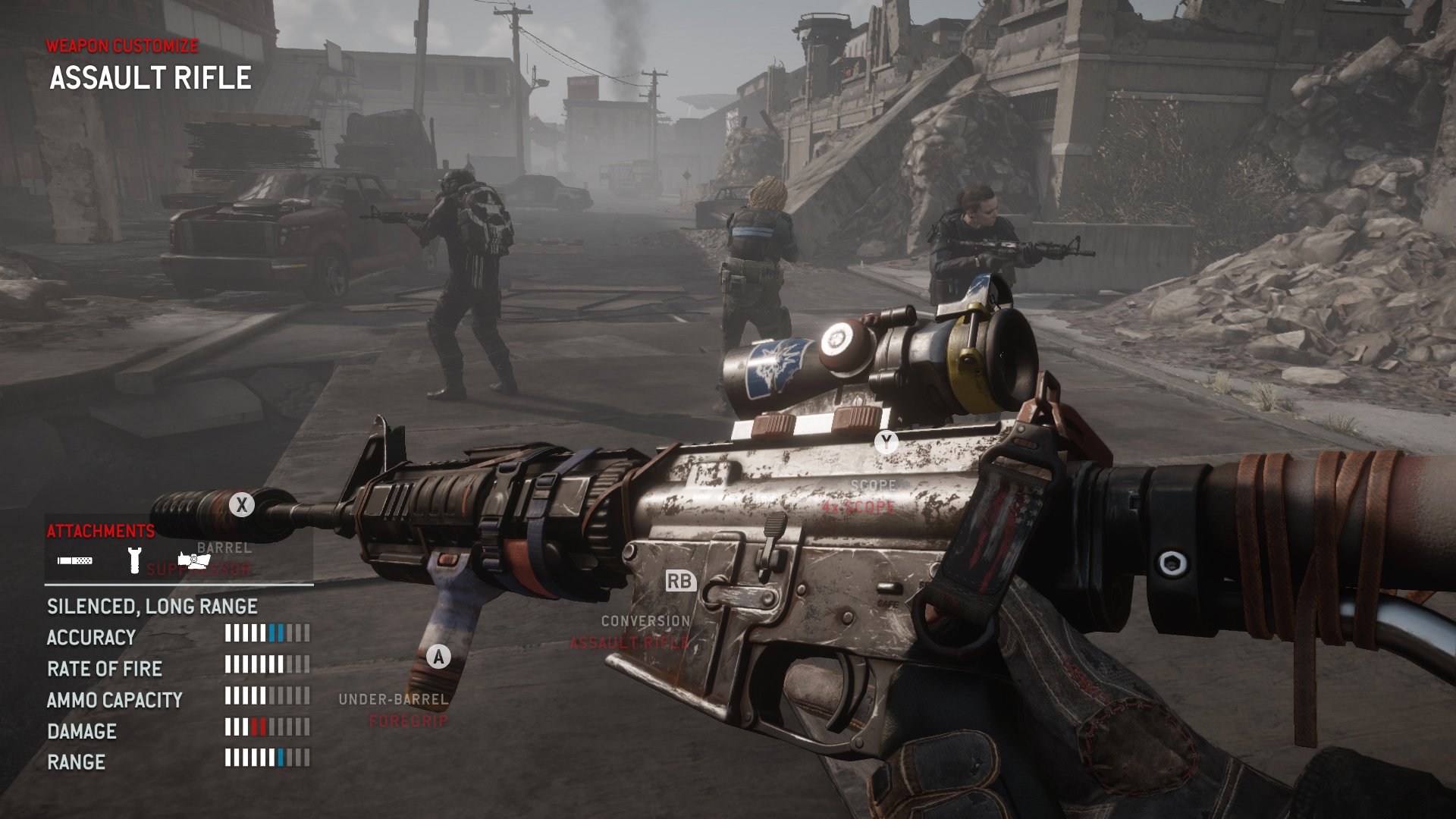
-
homefront-the-revolution #16
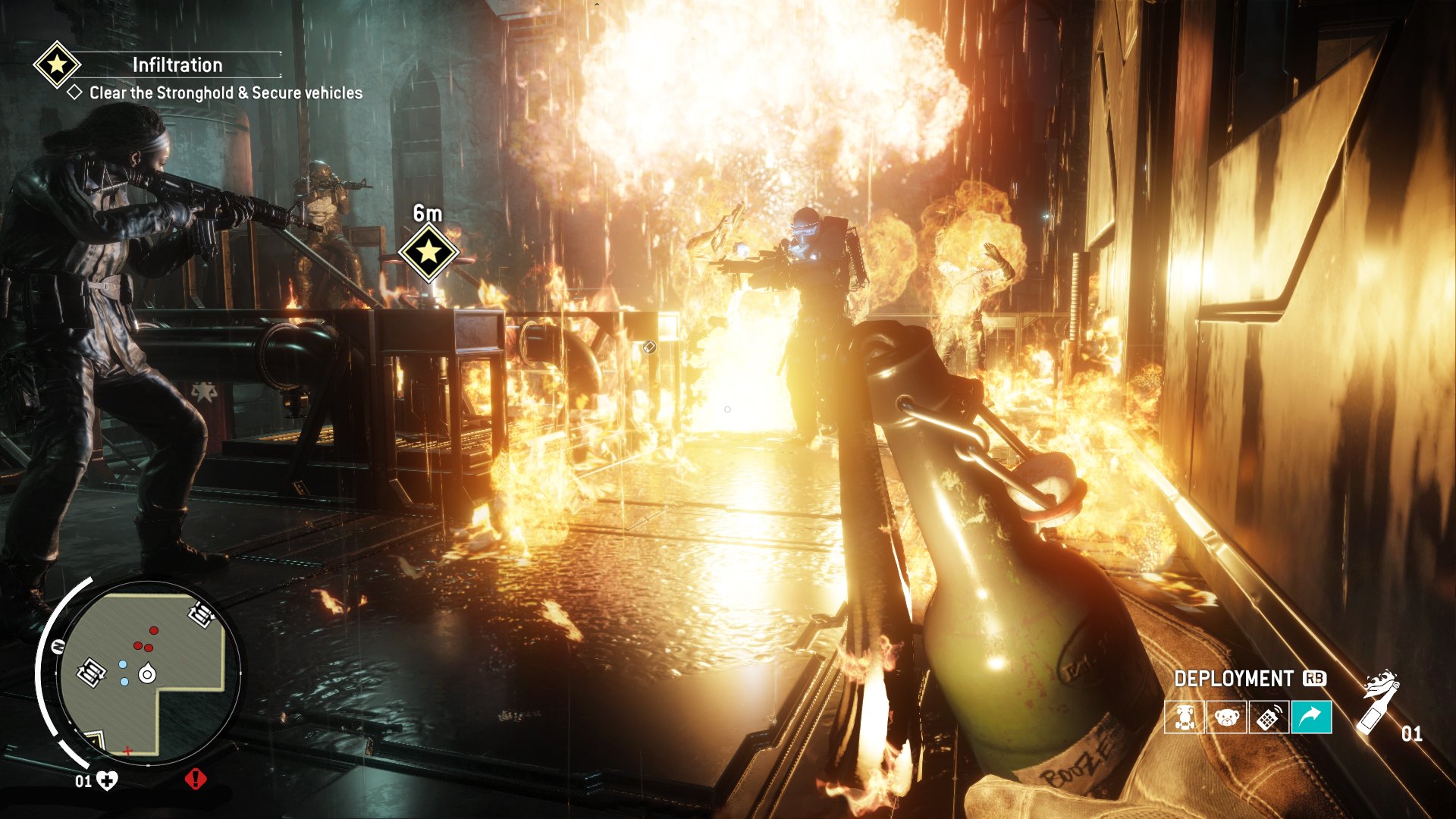
-
homefront-the-revolution #17
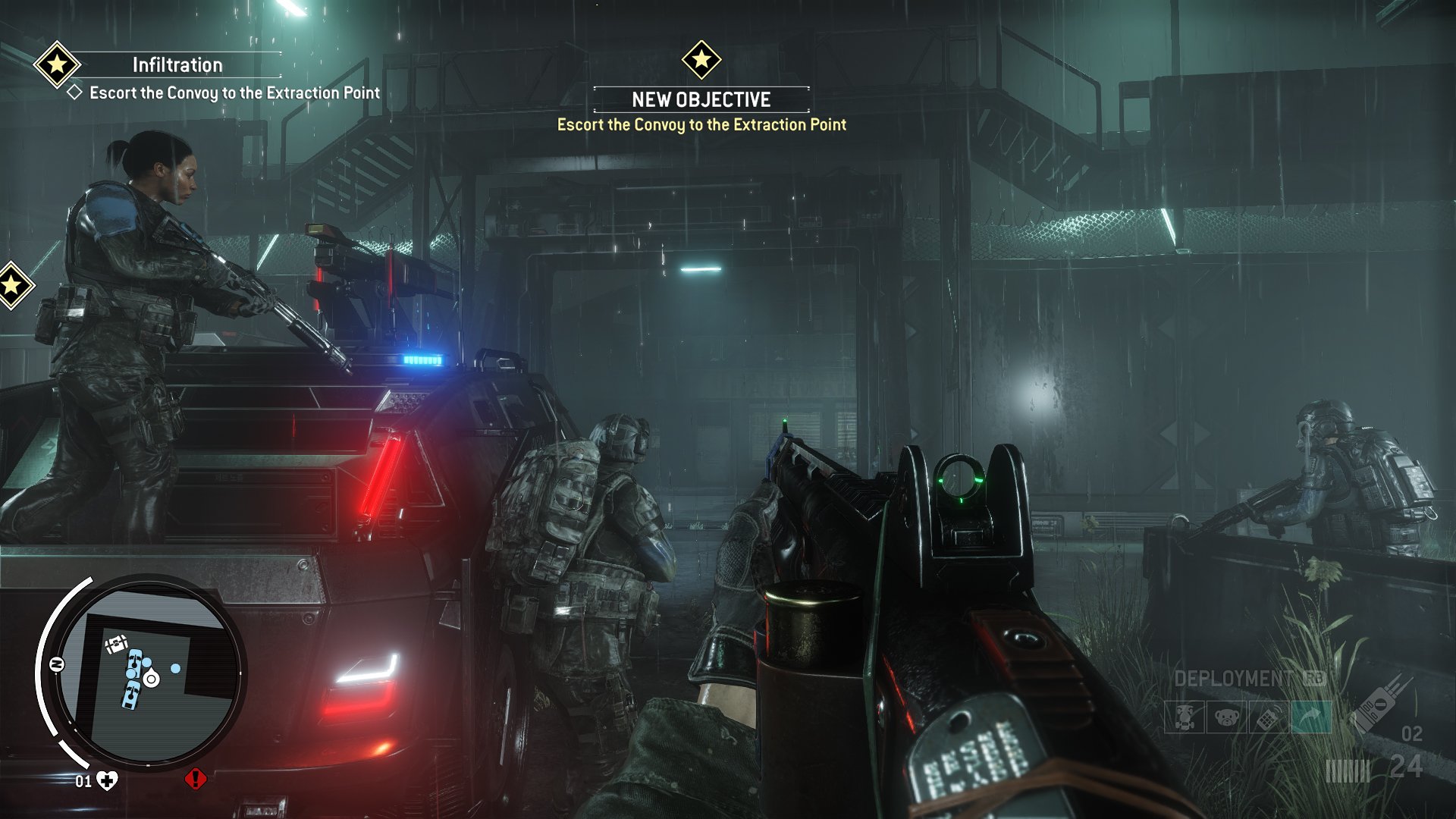
-
homefront-the-revolution #18
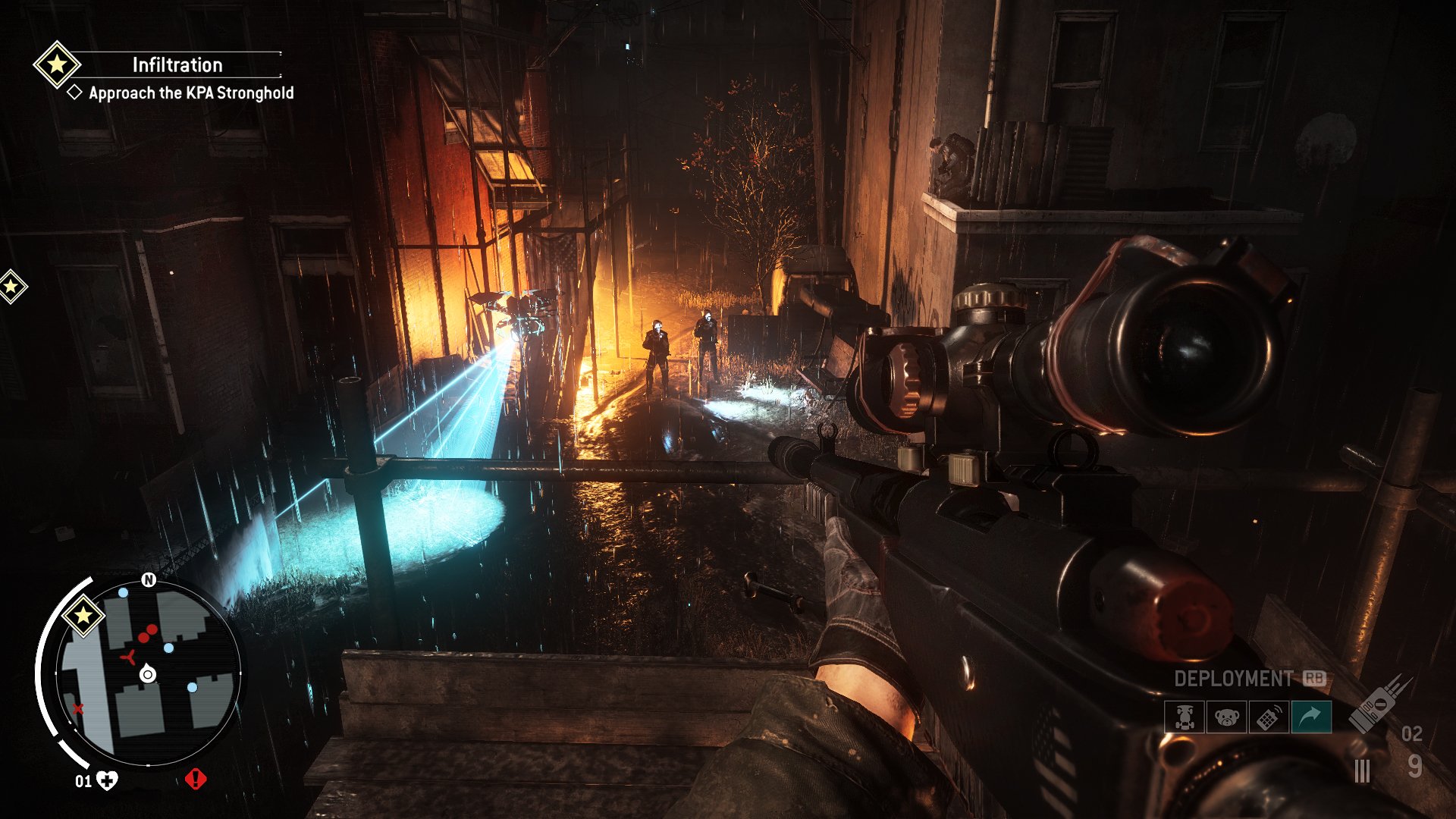
-
homefront-the-revolution #19
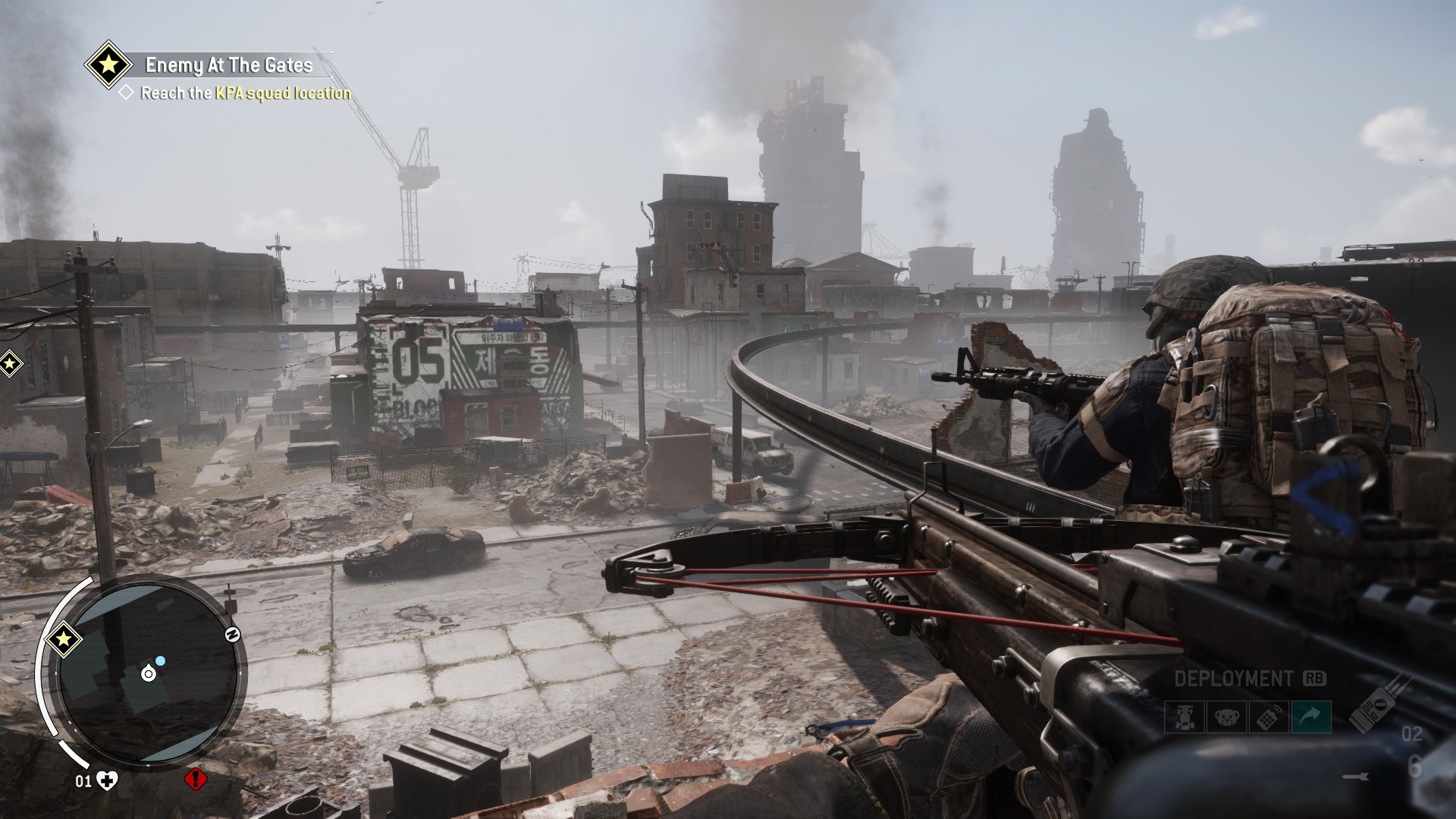
-
homefront-the-revolution #20
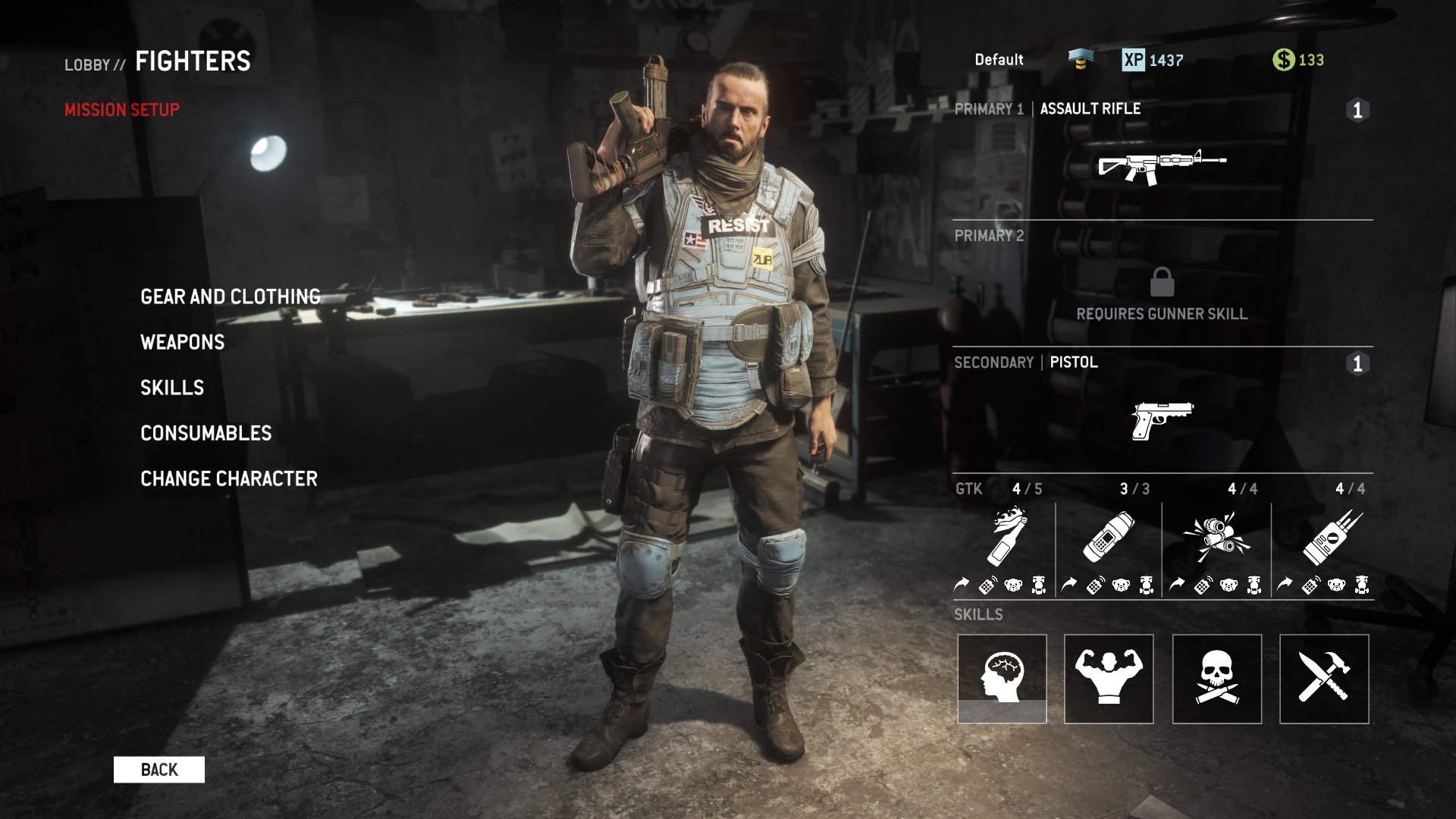
-
homefront-the-revolution #21
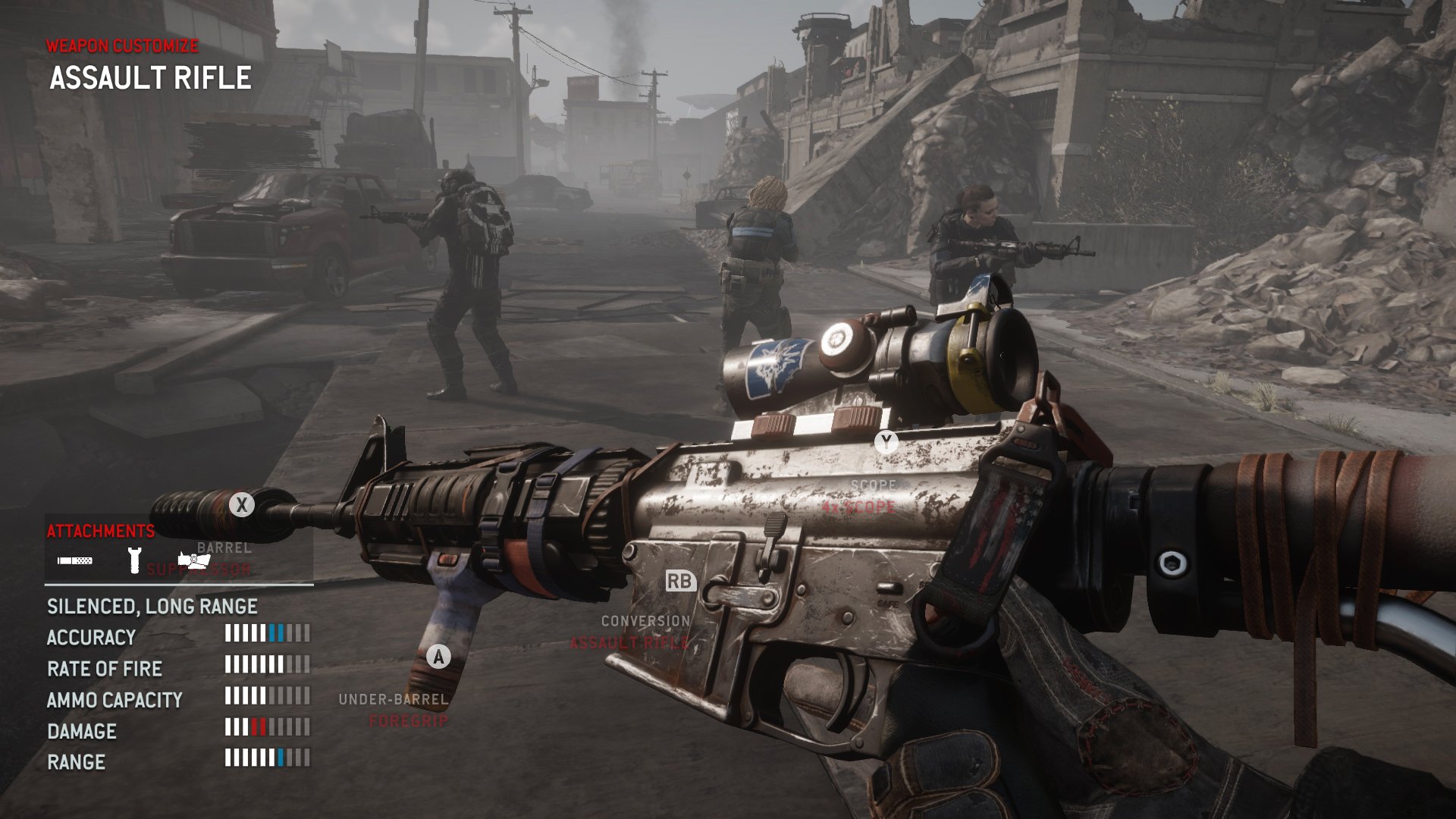
-
homefront-the-revolution #22
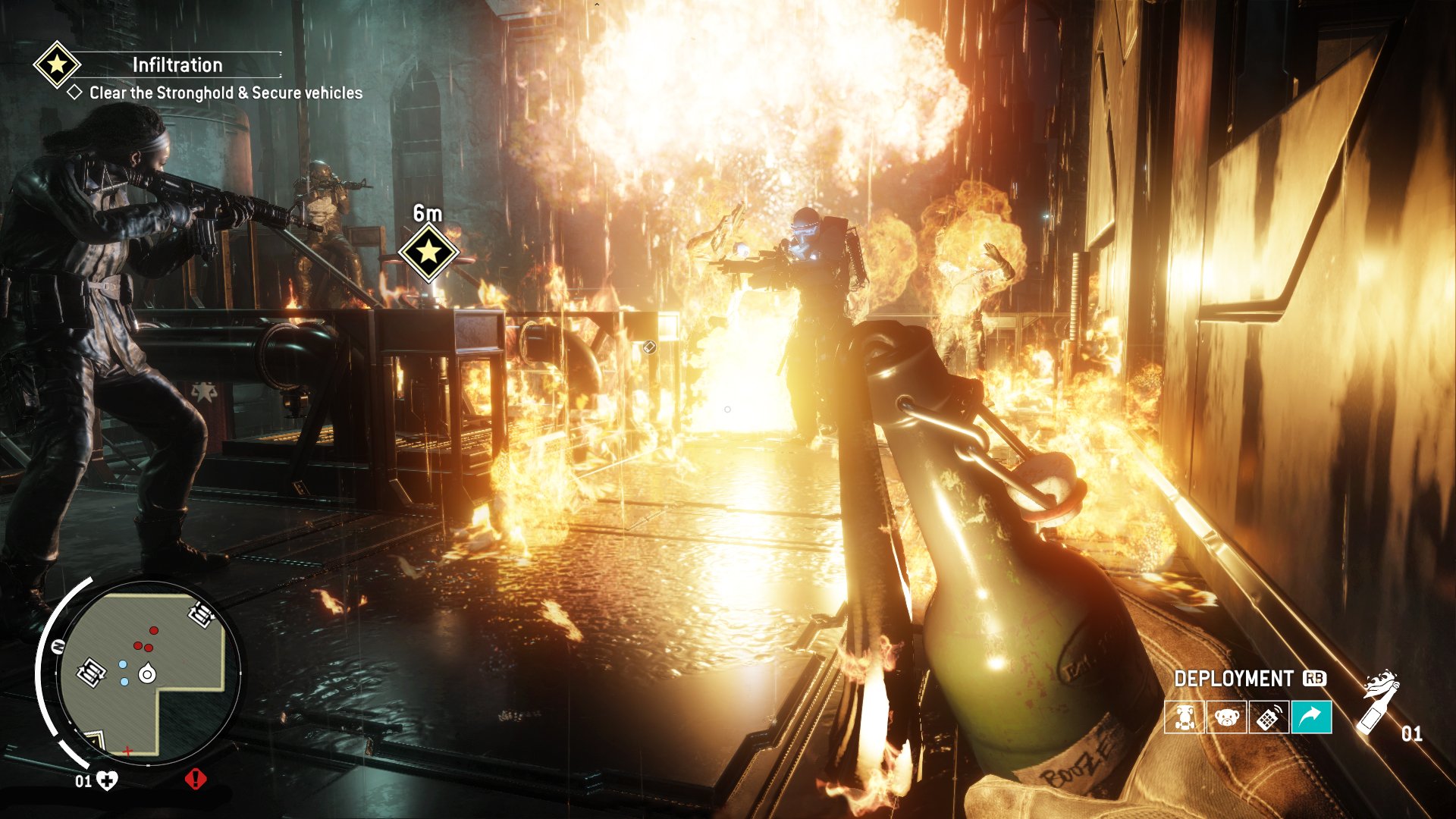
-
homefront-the-revolution #23
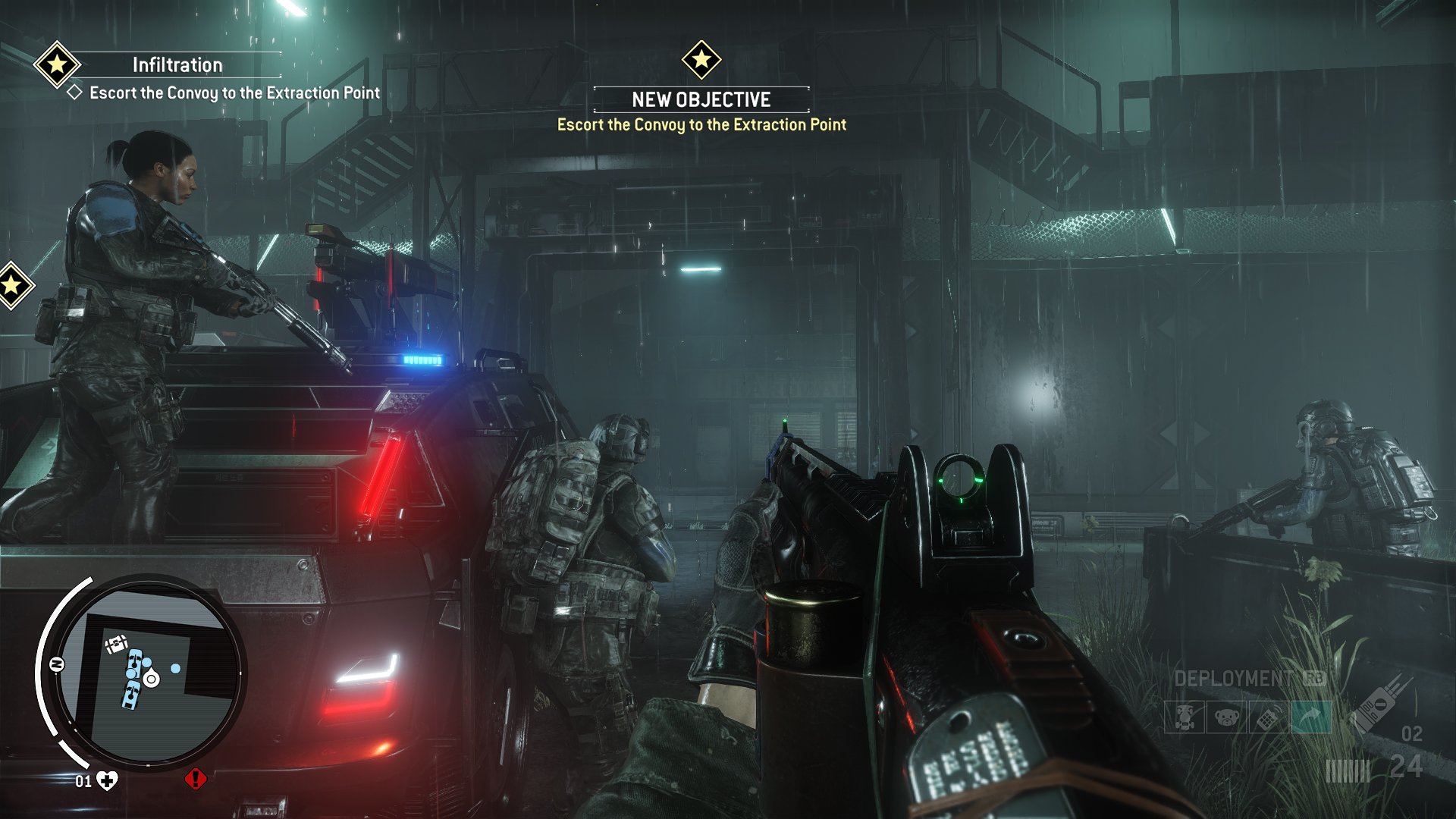
-
homefront-the-revolution #24
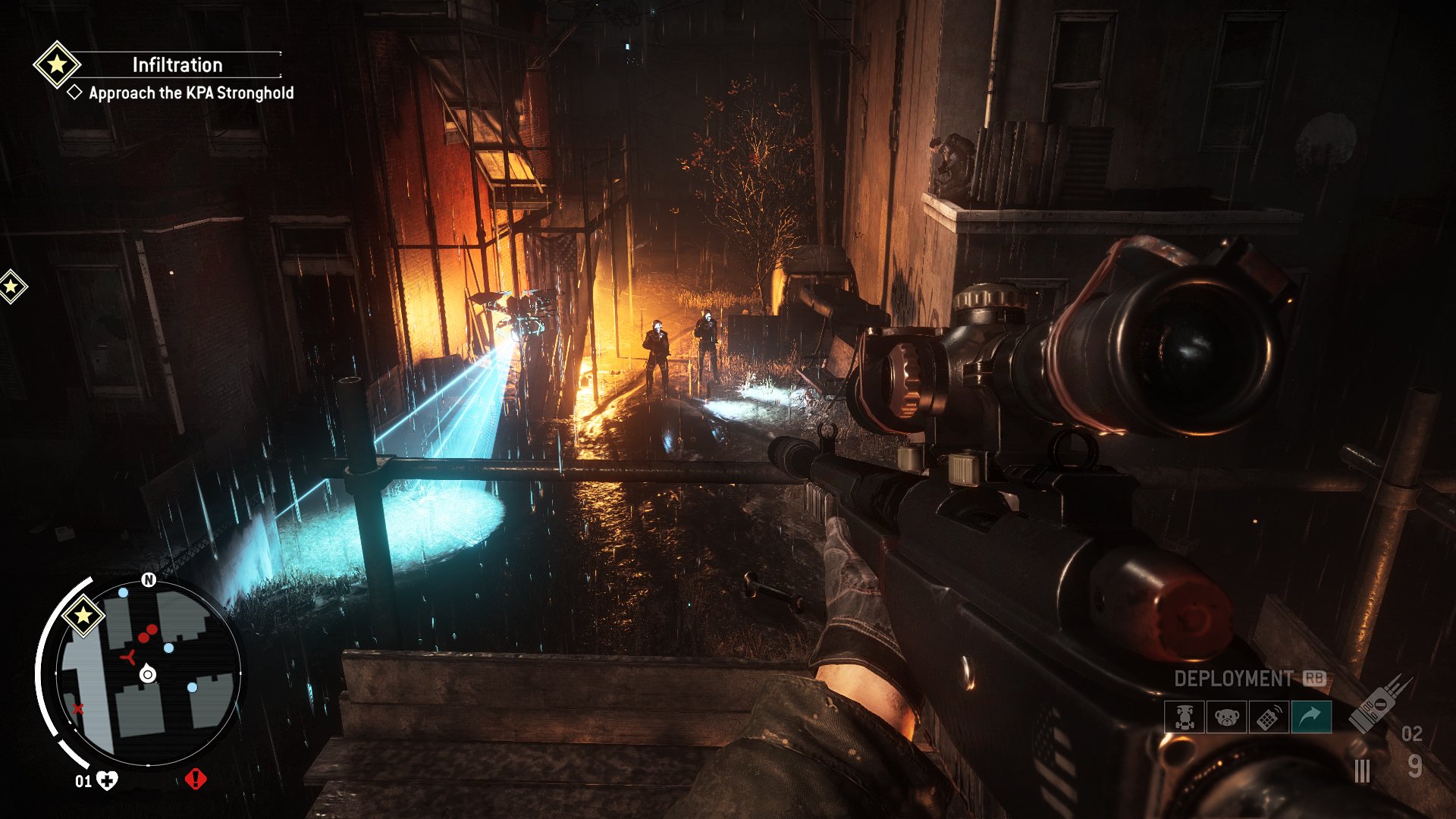
-
homefront-the-revolution #25
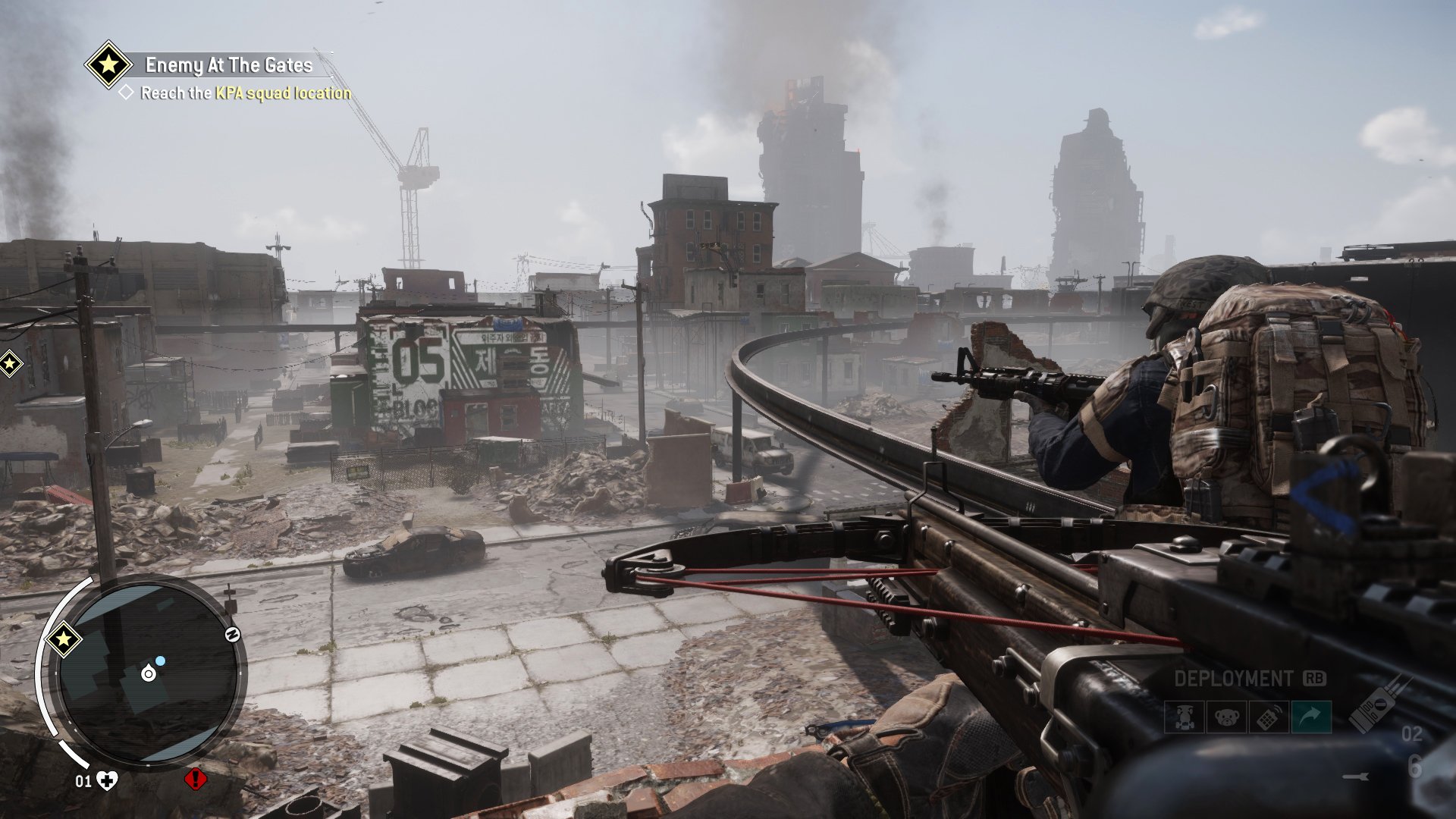
-
homefront-the-revolution #26
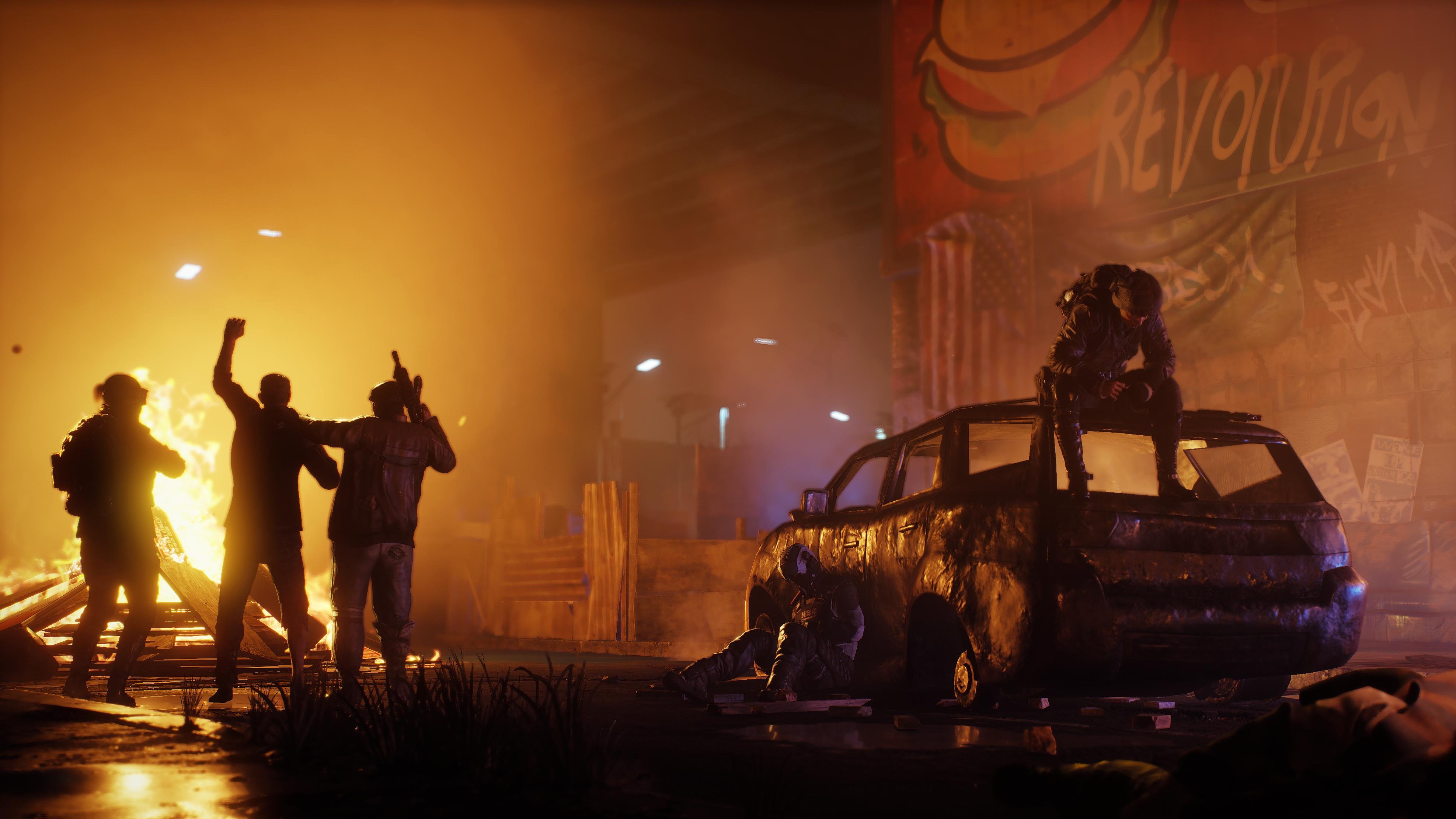
-
homefront-the-revolution #27
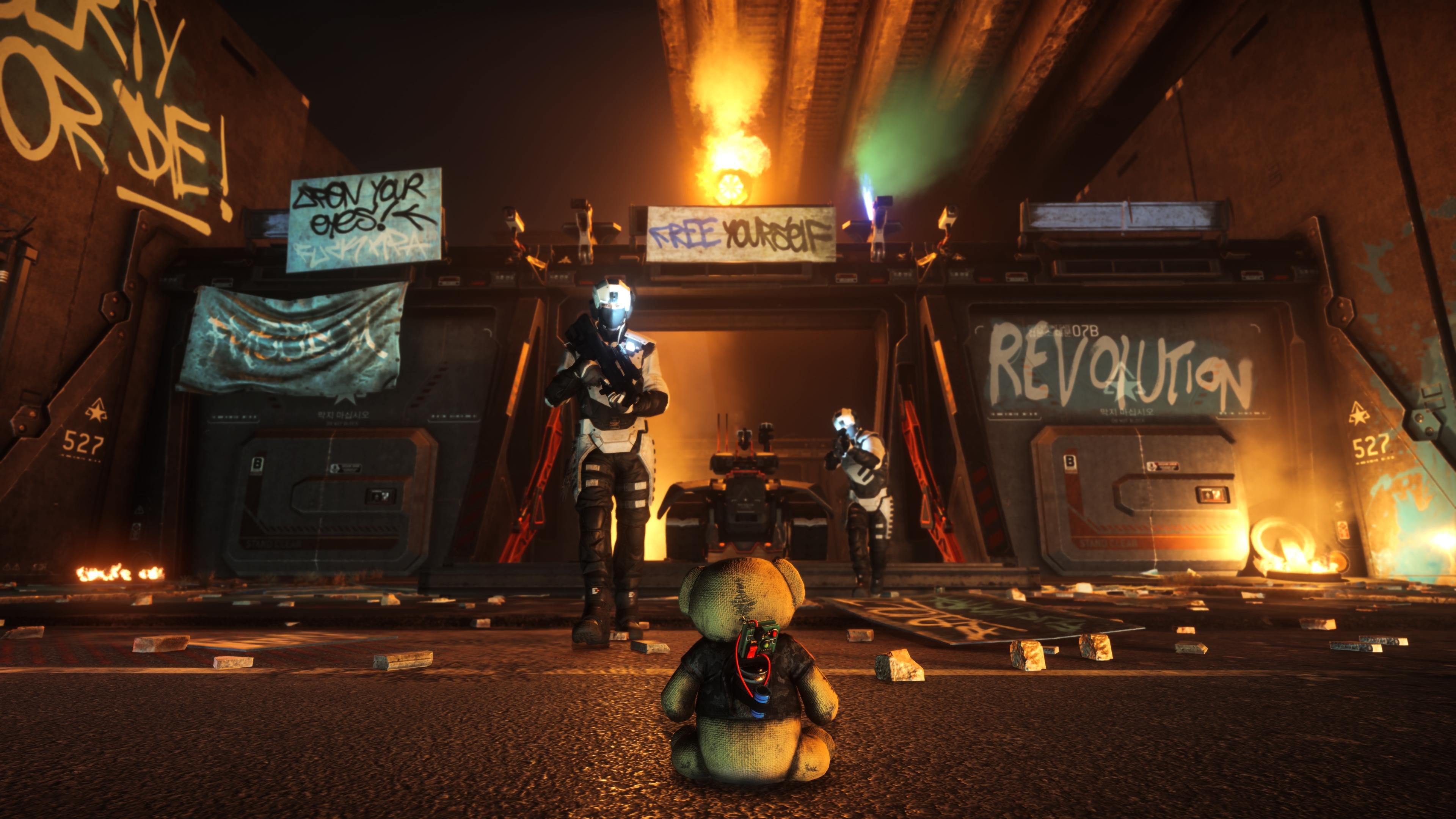
-
homefront-the-revolution #28
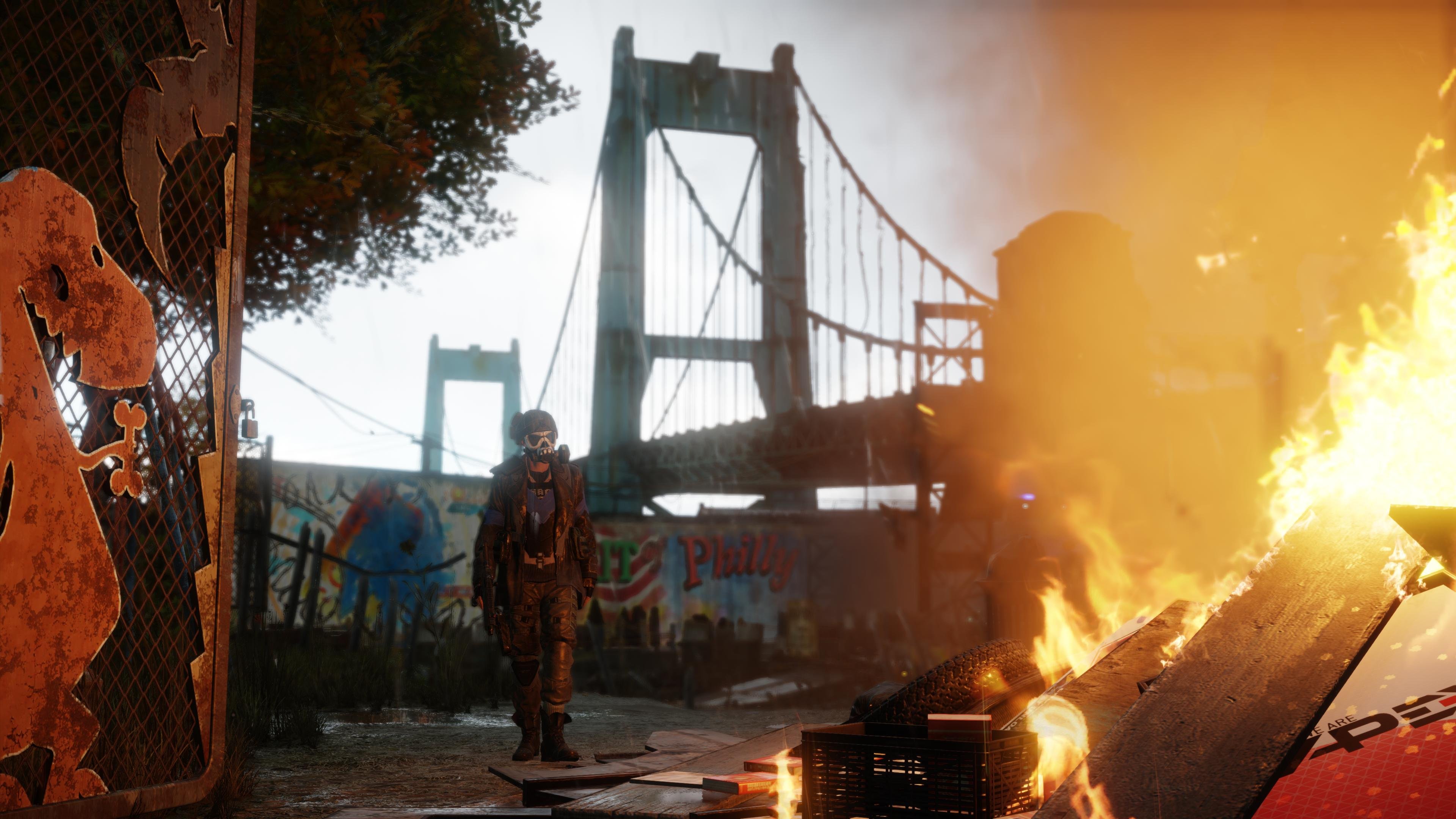
-
homefront-the-revolution #29
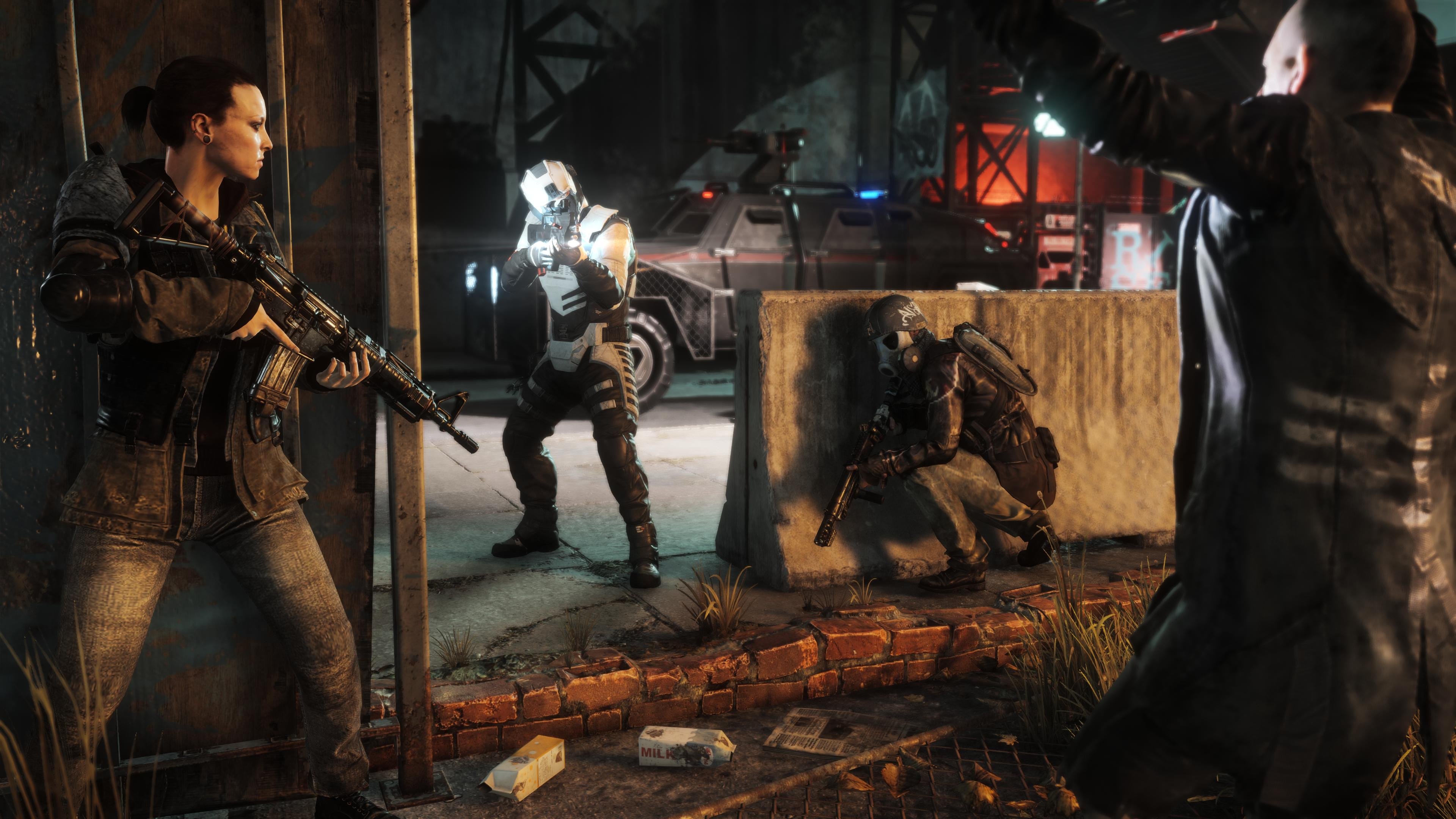
-
homefront-the-revolution #30
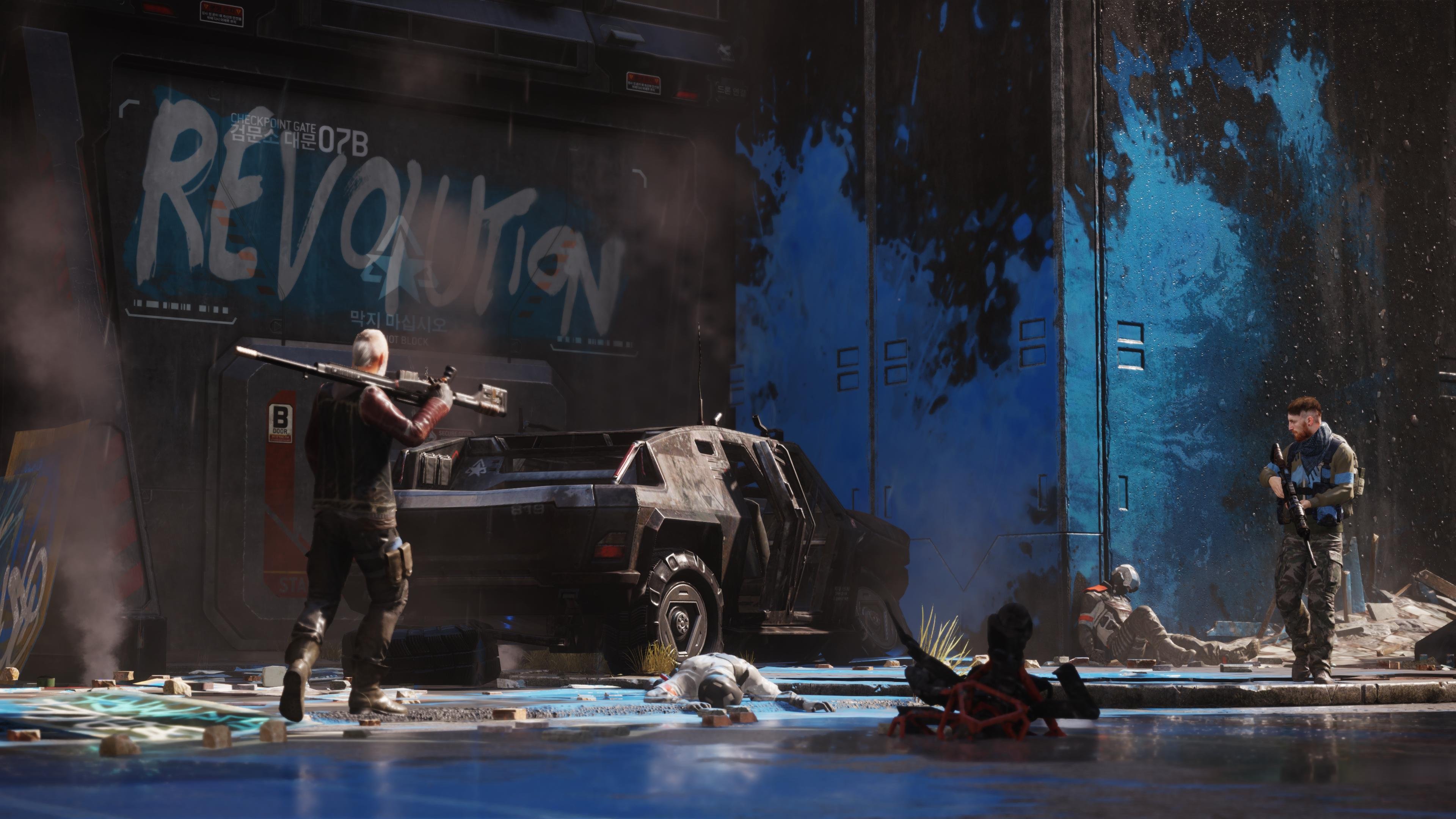
-
homefront-the-revolution #31
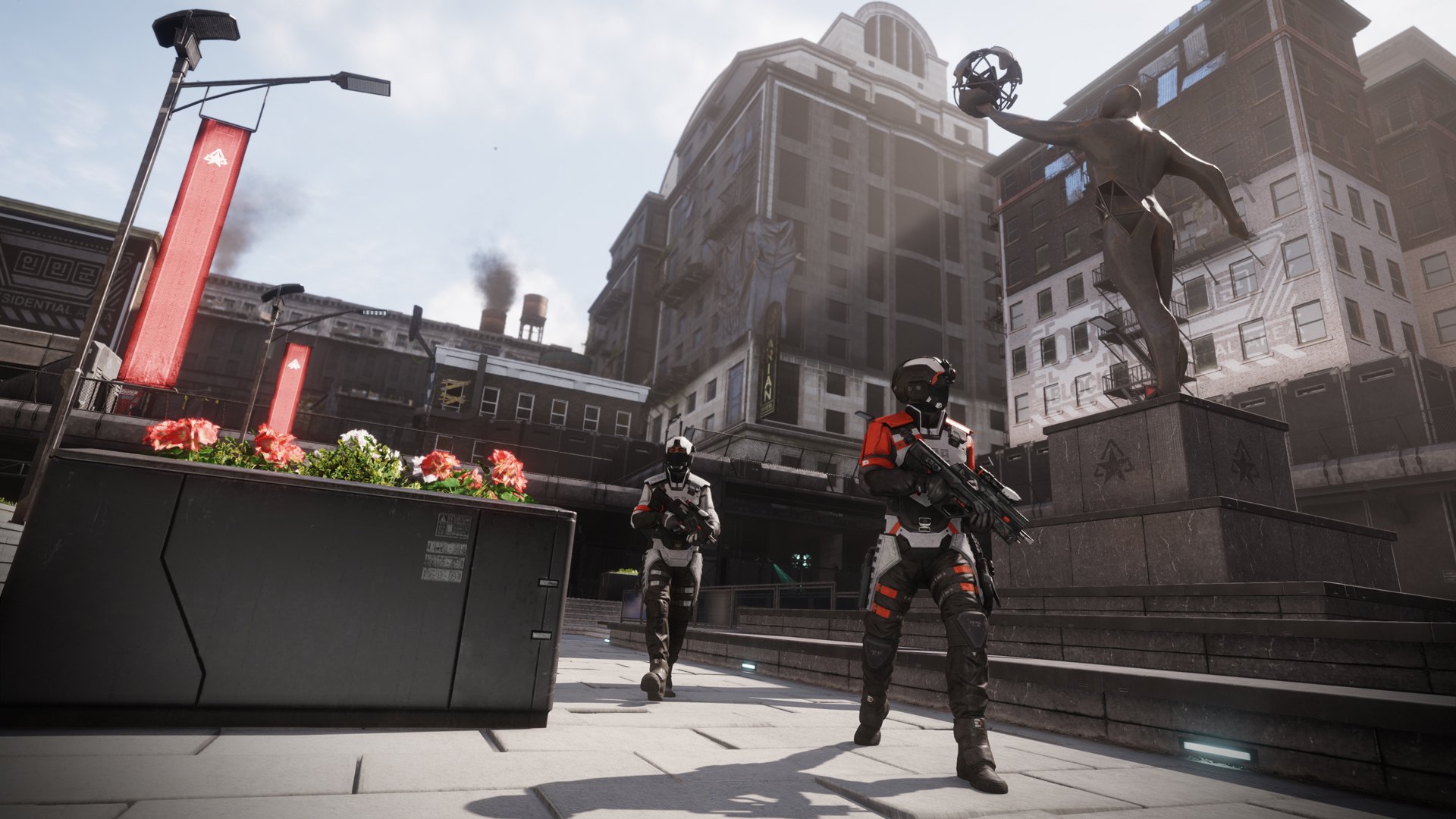
-
homefront-the-revolution #32
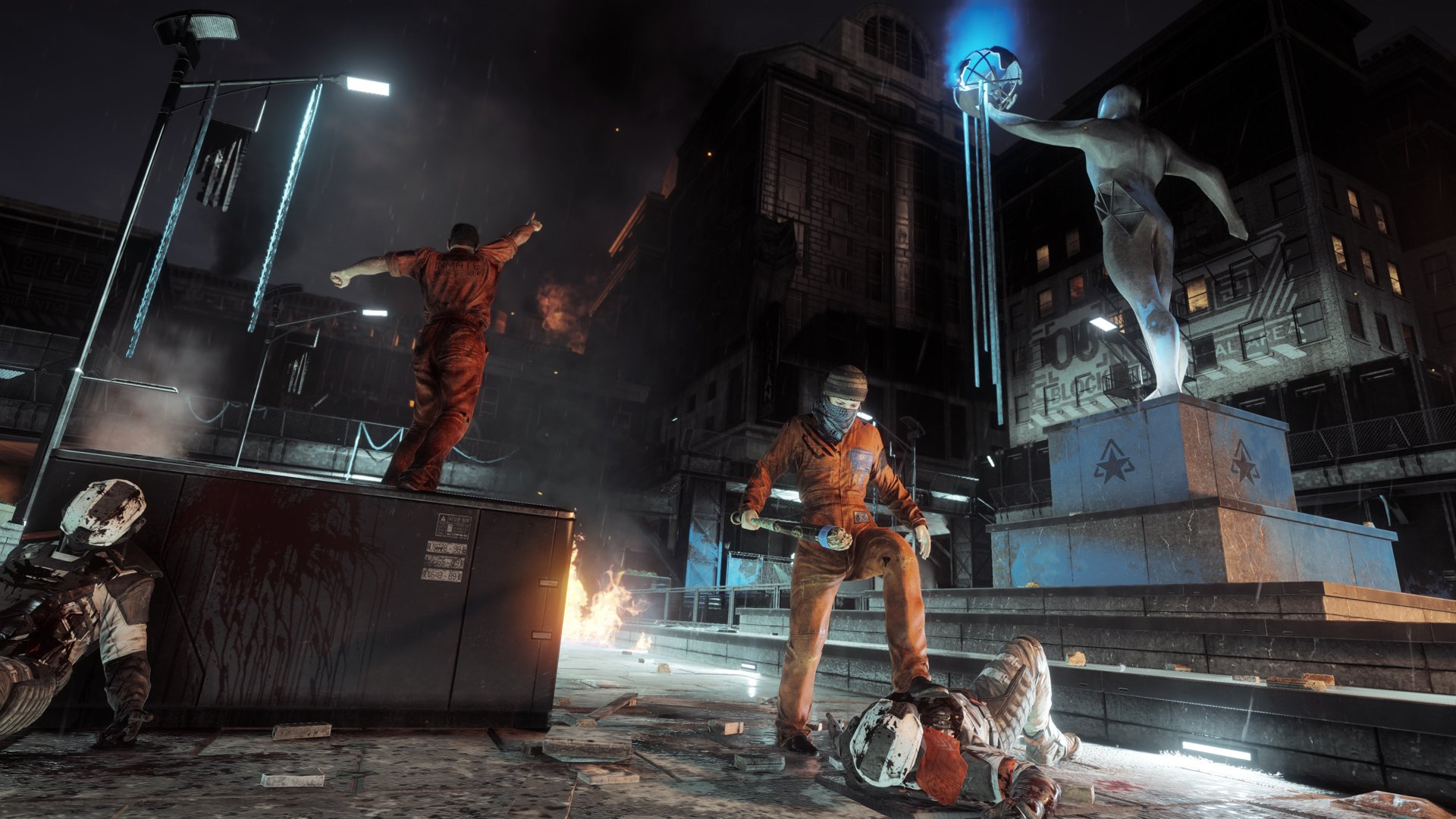
-
homefront-the-revolution #33
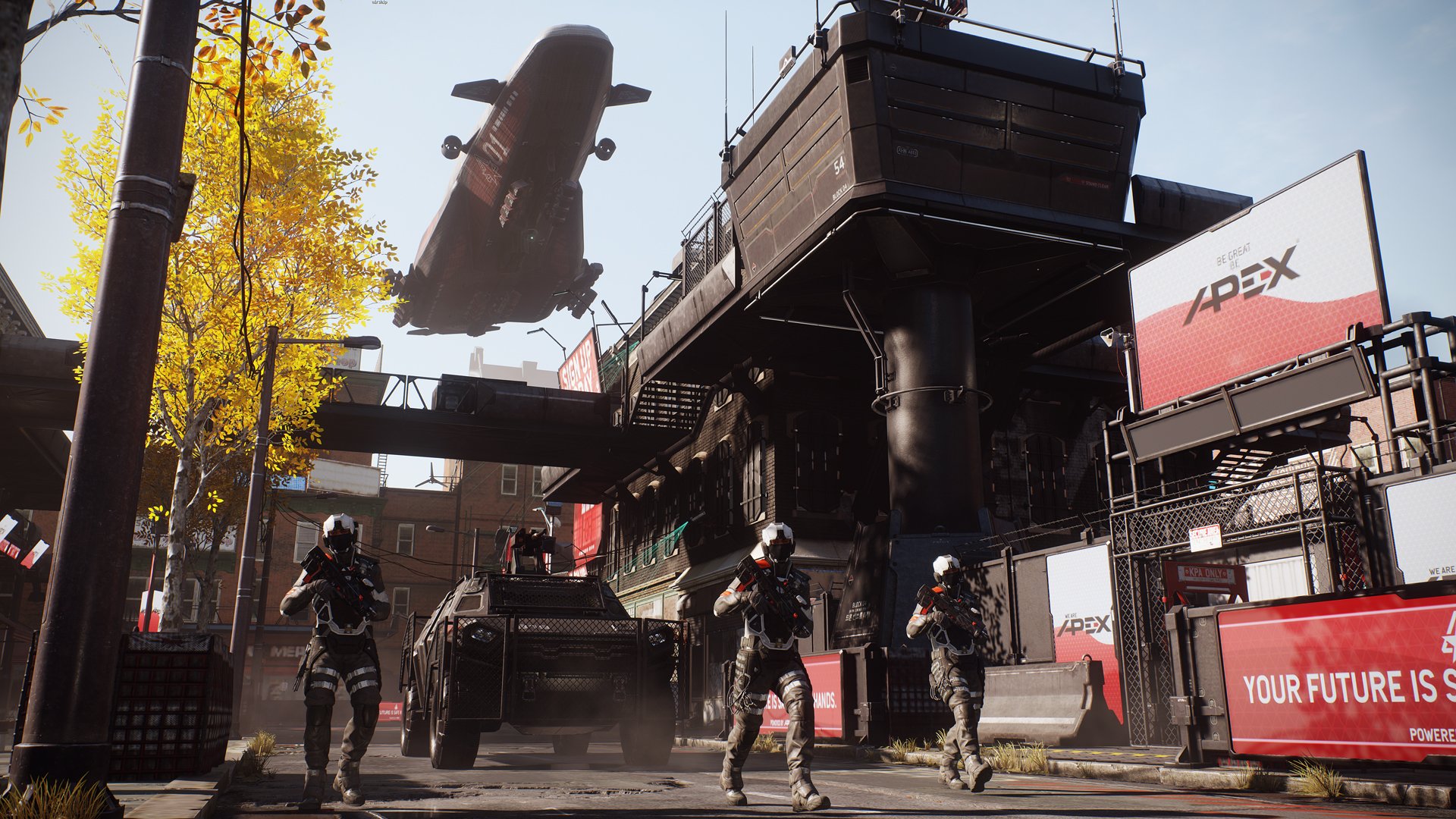
-
homefront-the-revolution #34
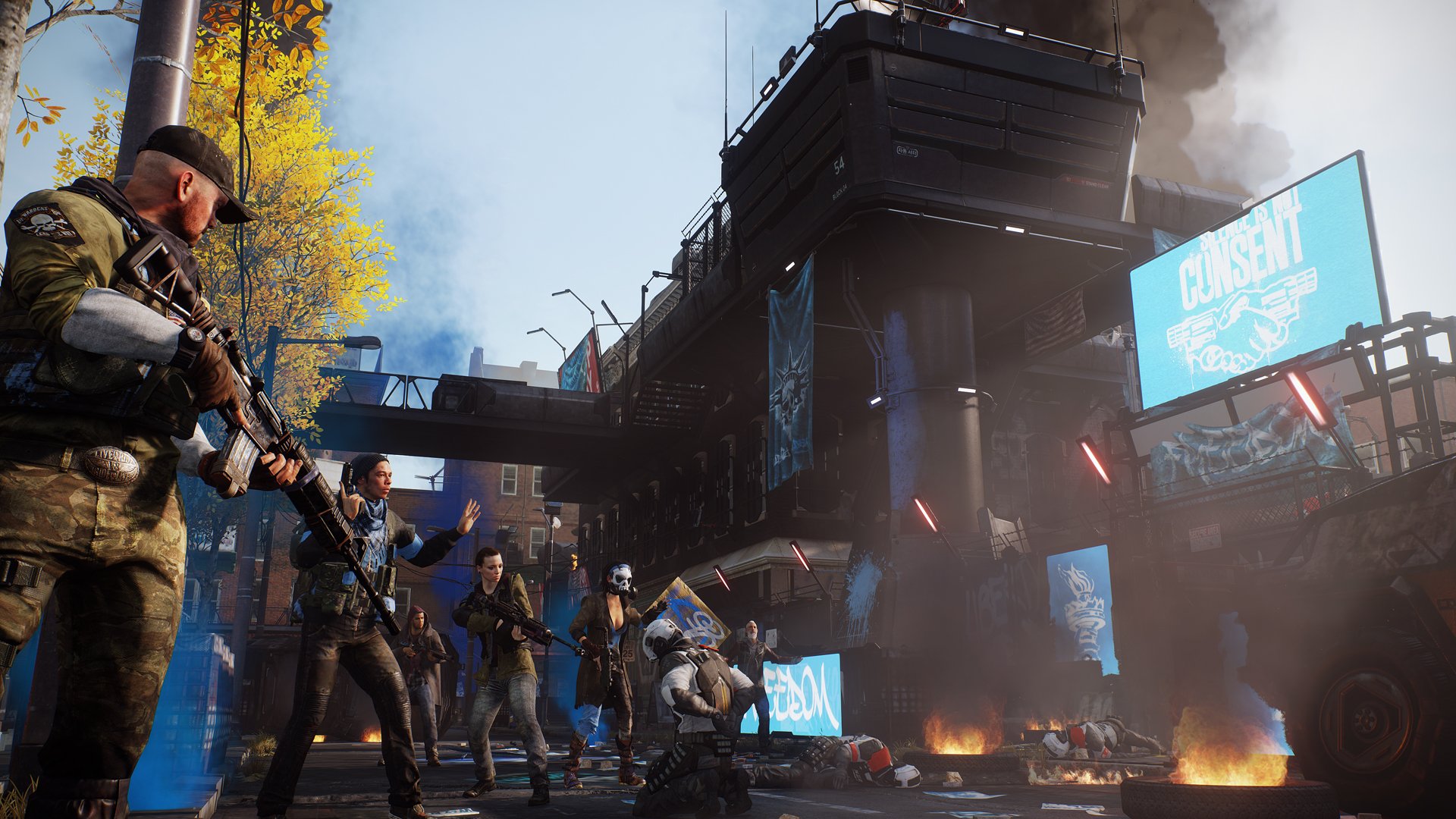
-
homefront-the-revolution #35
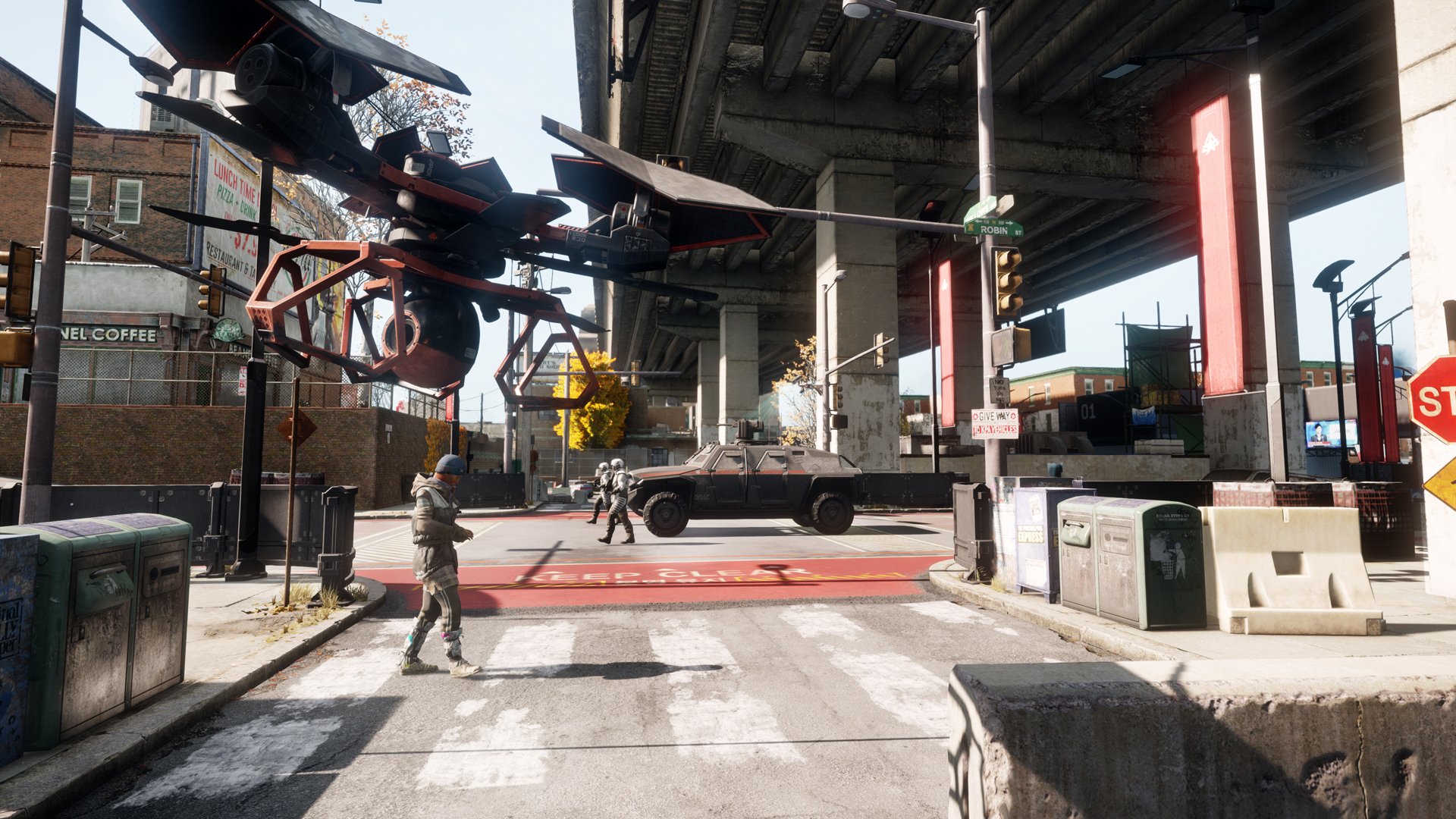
-
homefront-the-revolution #36
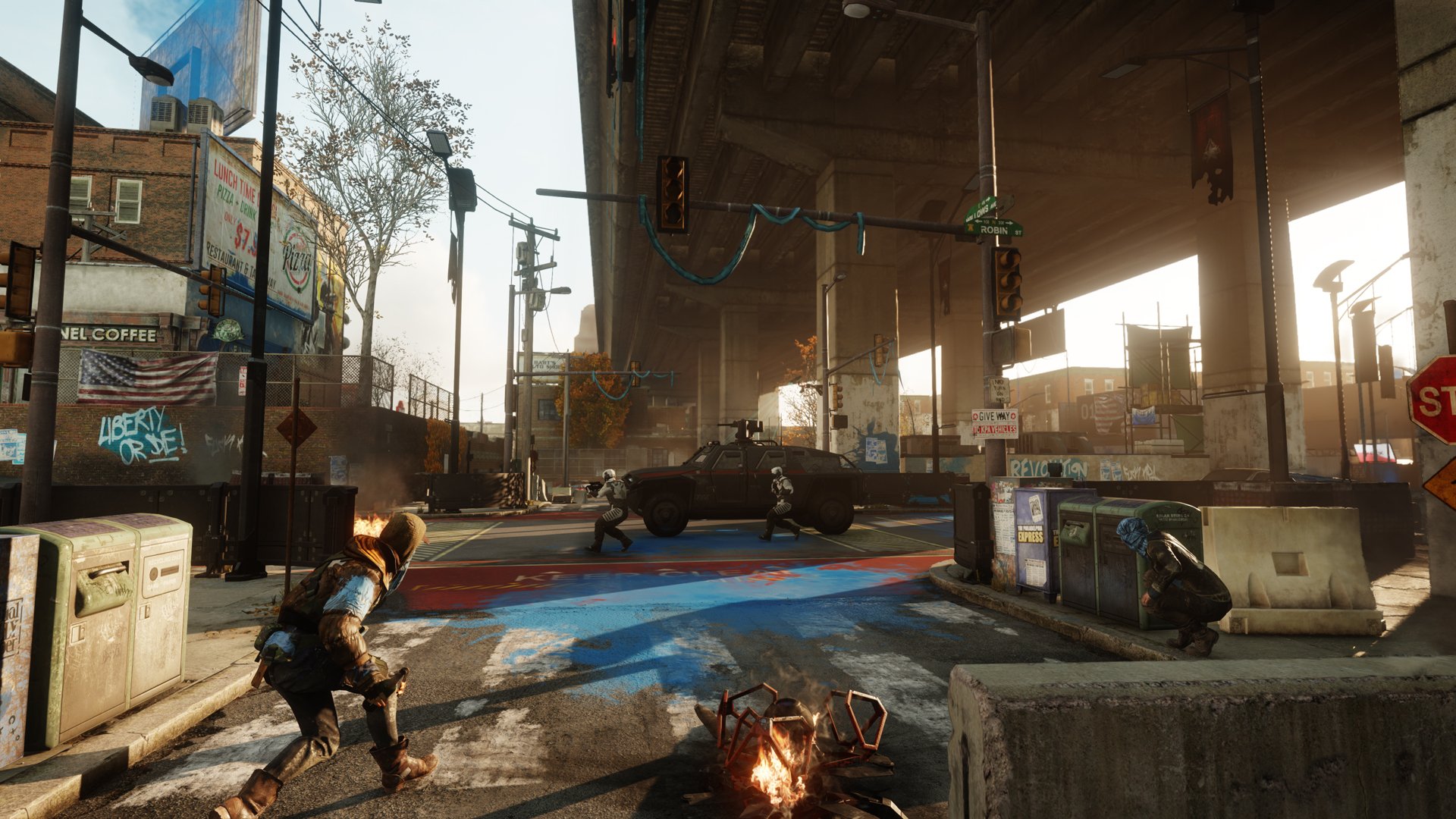
-
homefront-the-revolution #37

-
homefront-the-revolution #38

-
homefront-the-revolution #39

-
homefront-the-revolution #40

-
homefront-the-revolution #41

-
homefront-the-revolution #42

-
homefront-the-revolution #43
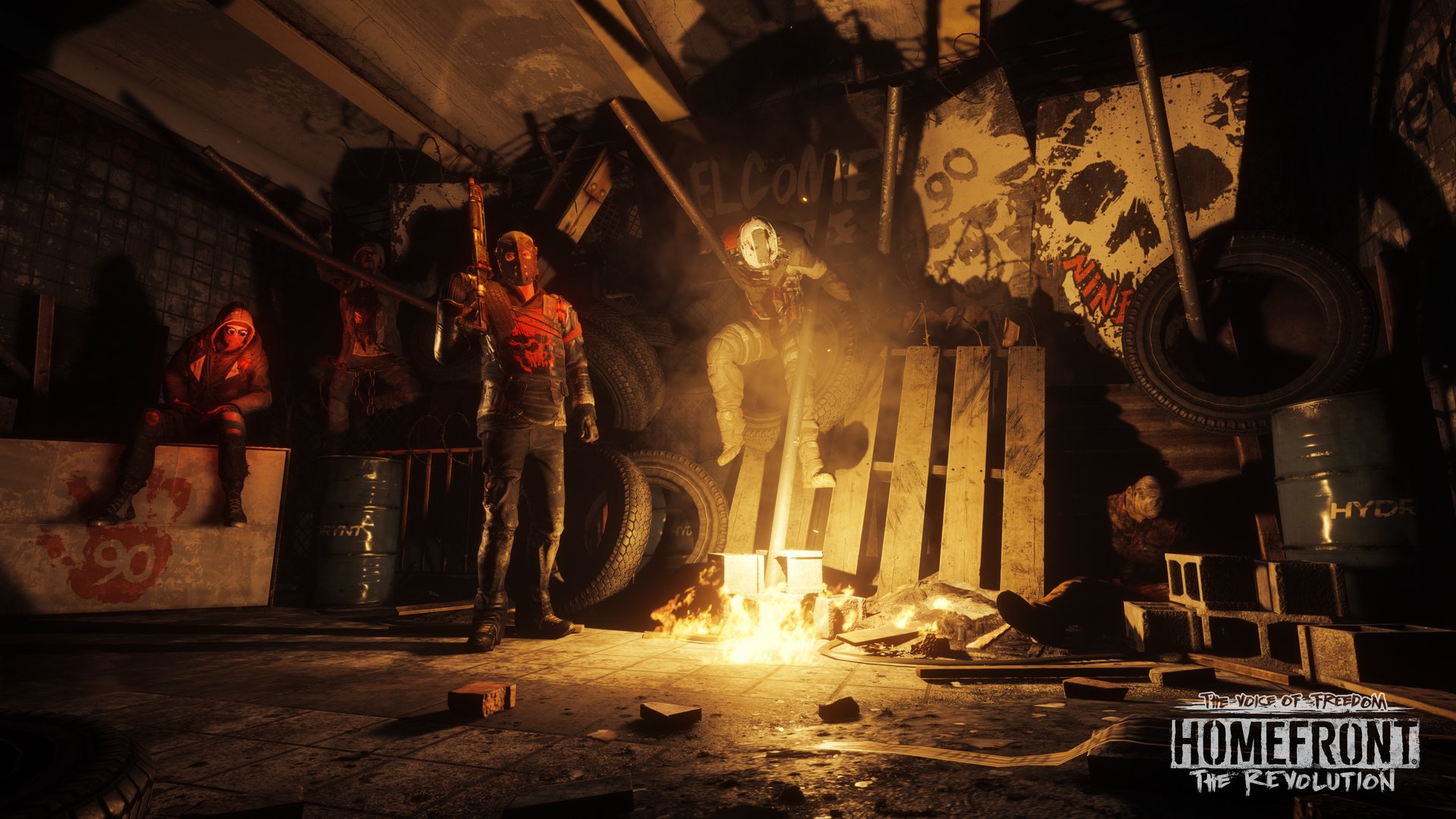
-
homefront-the-revolution #44
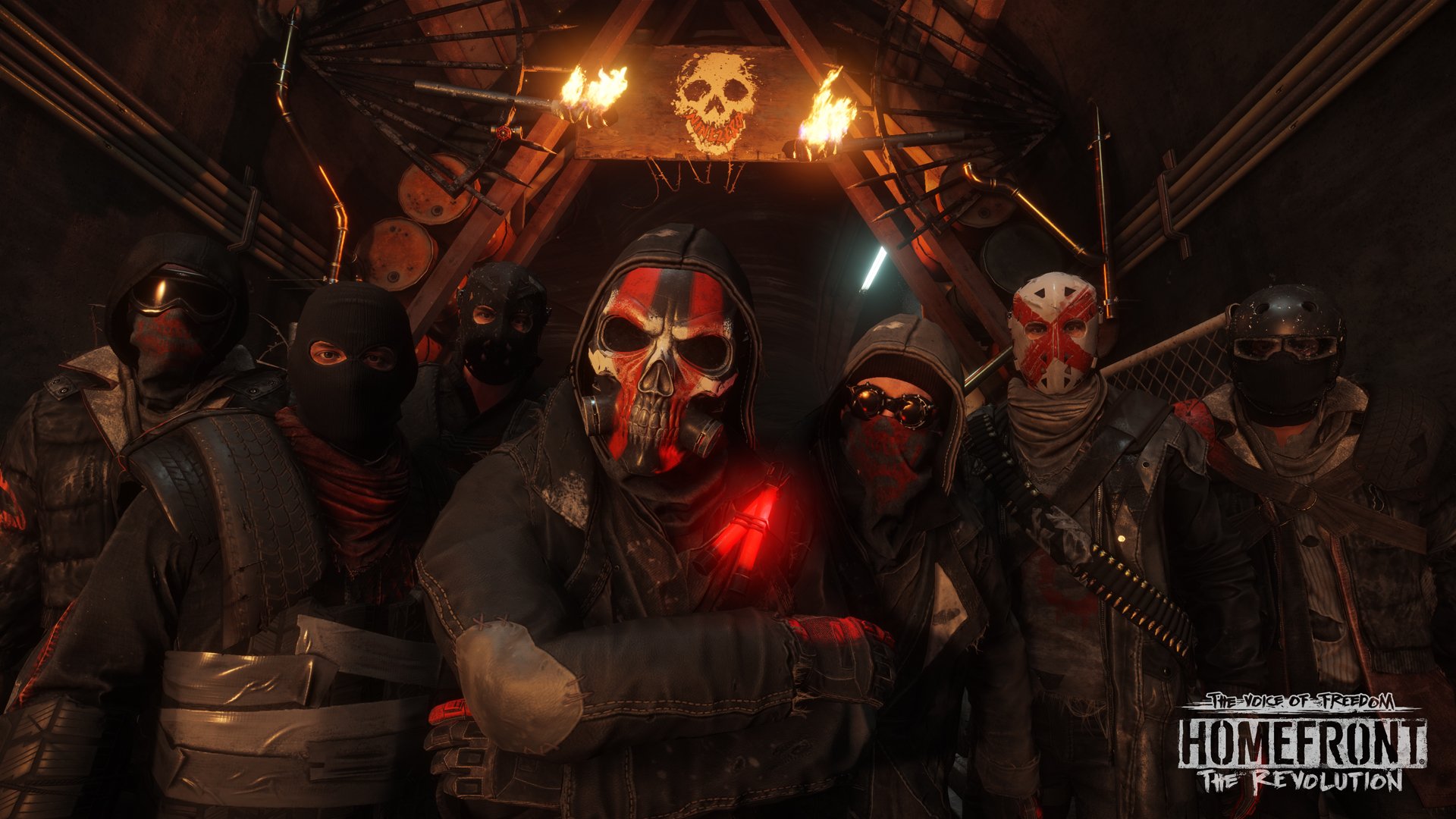
-
homefront-the-revolution #45
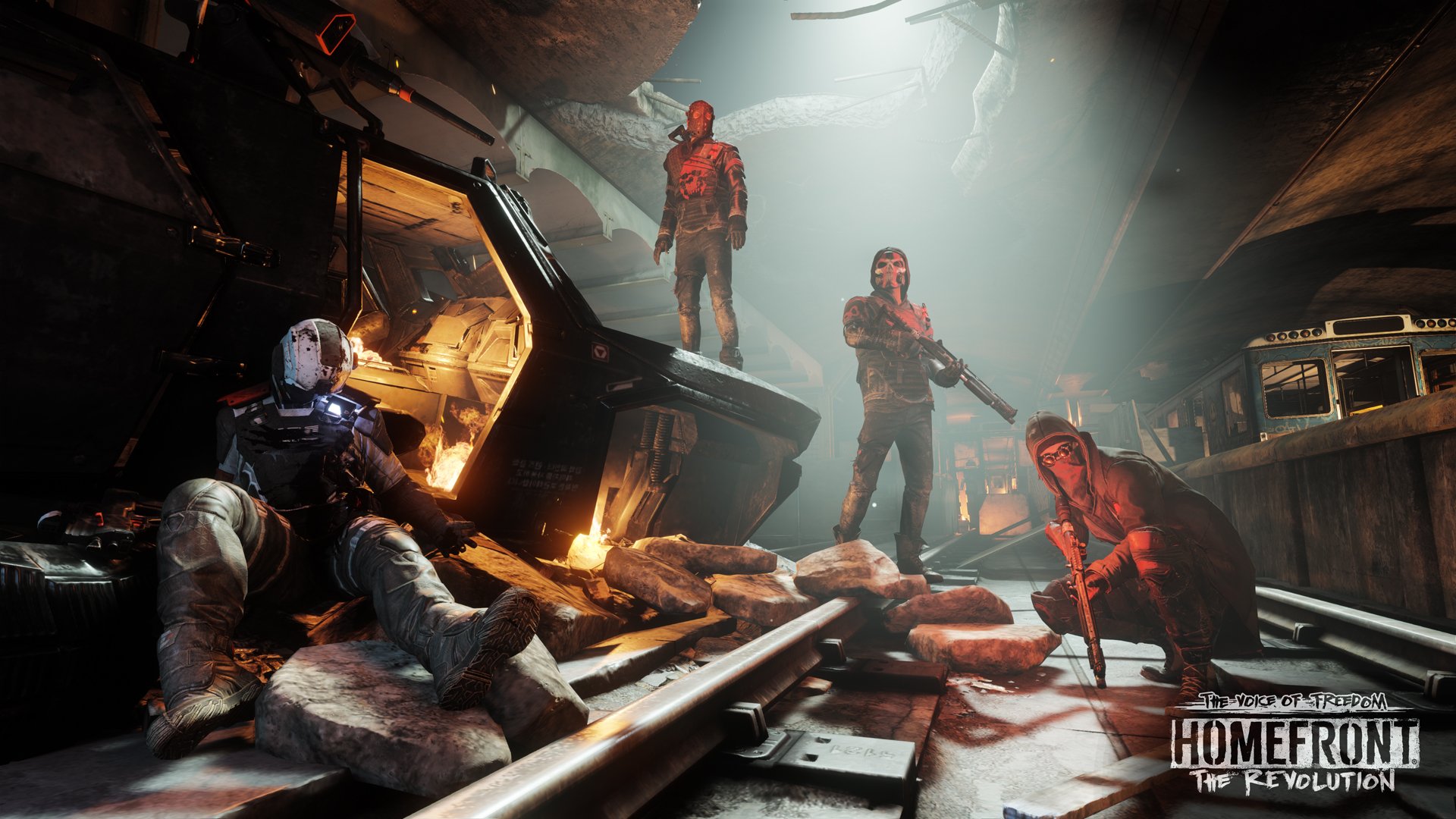
-
homefront-the-revolution #46
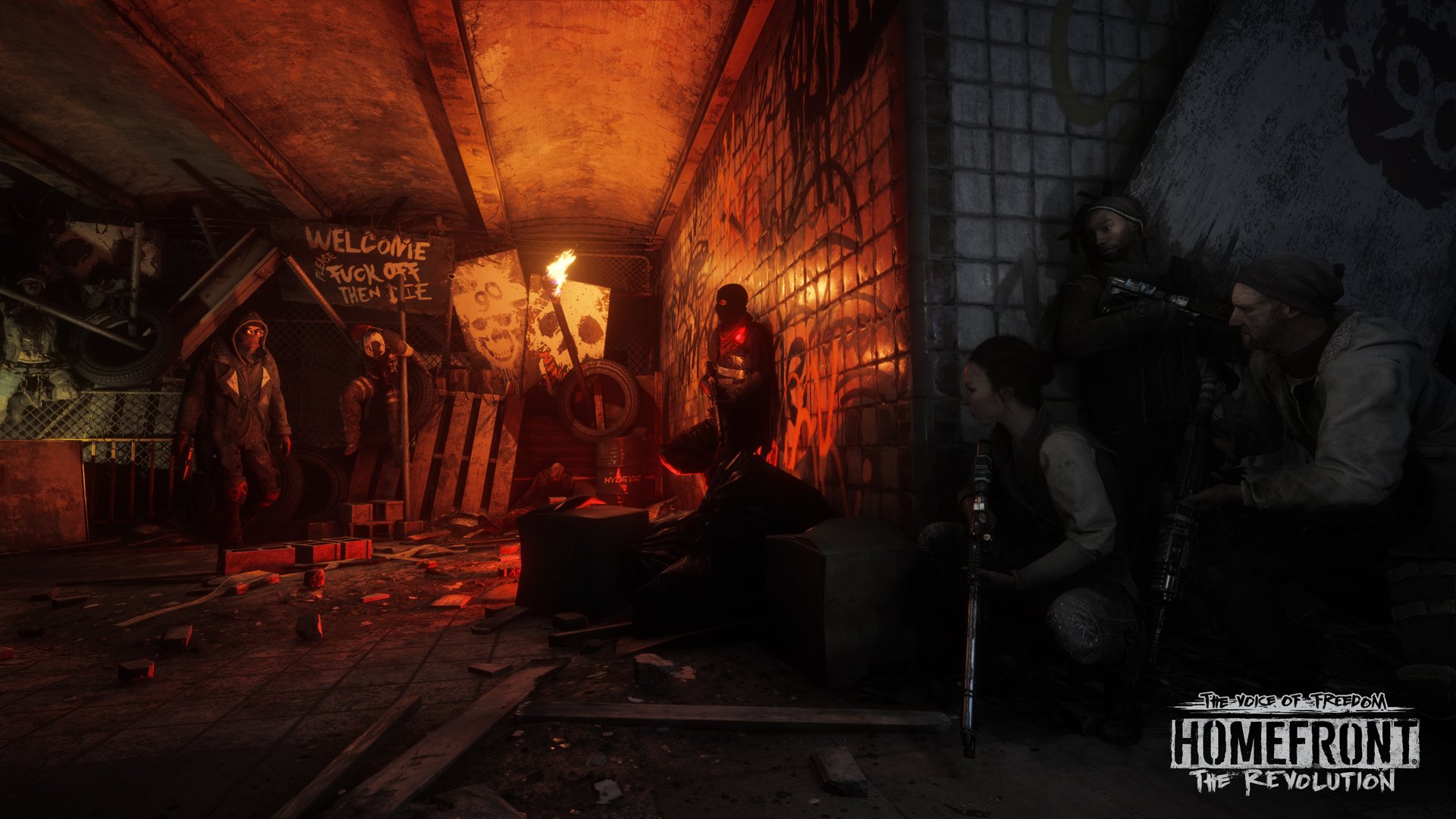
-
homefront-the-revolution #47
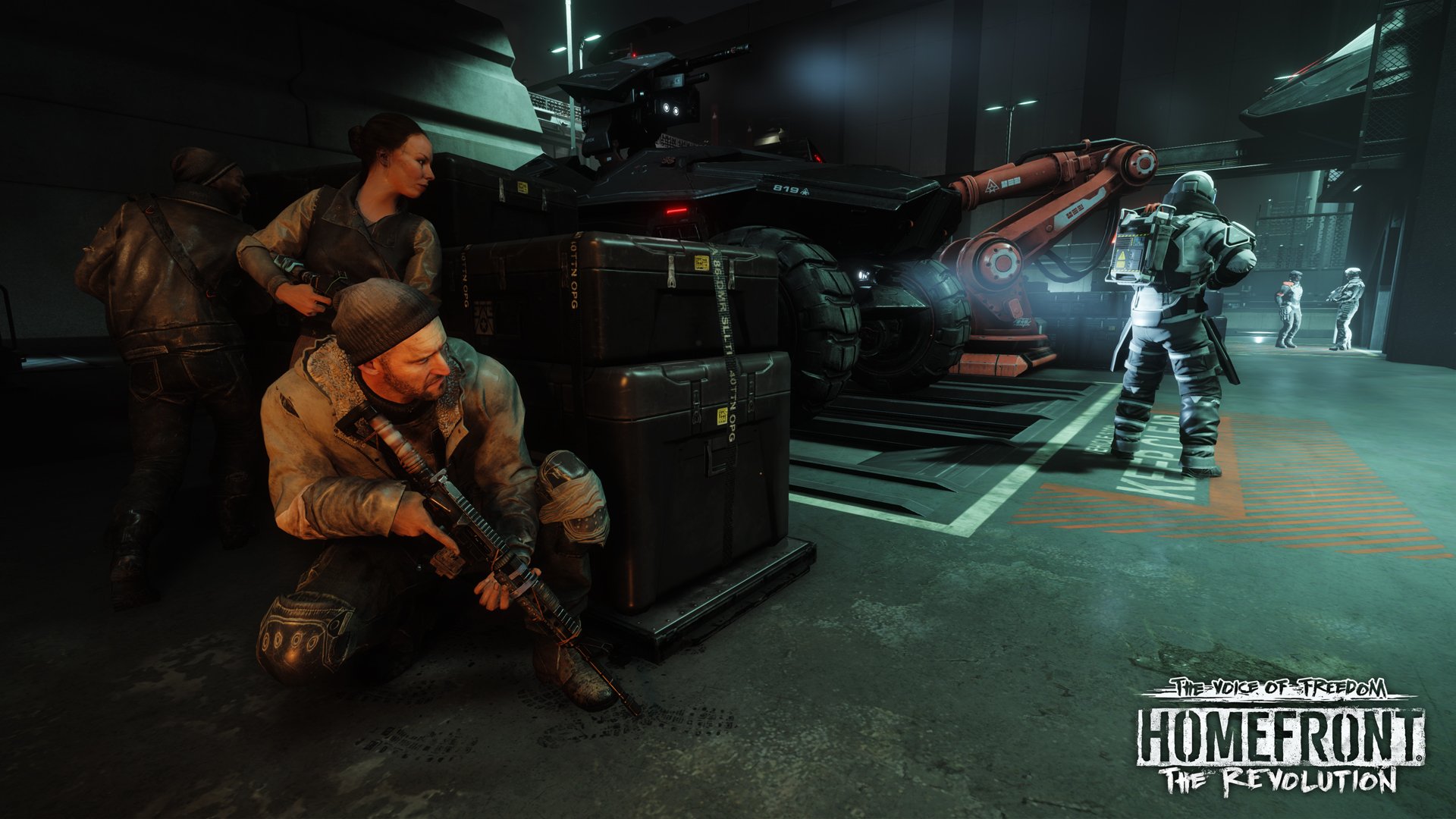
-
homefront-the-revolution #48
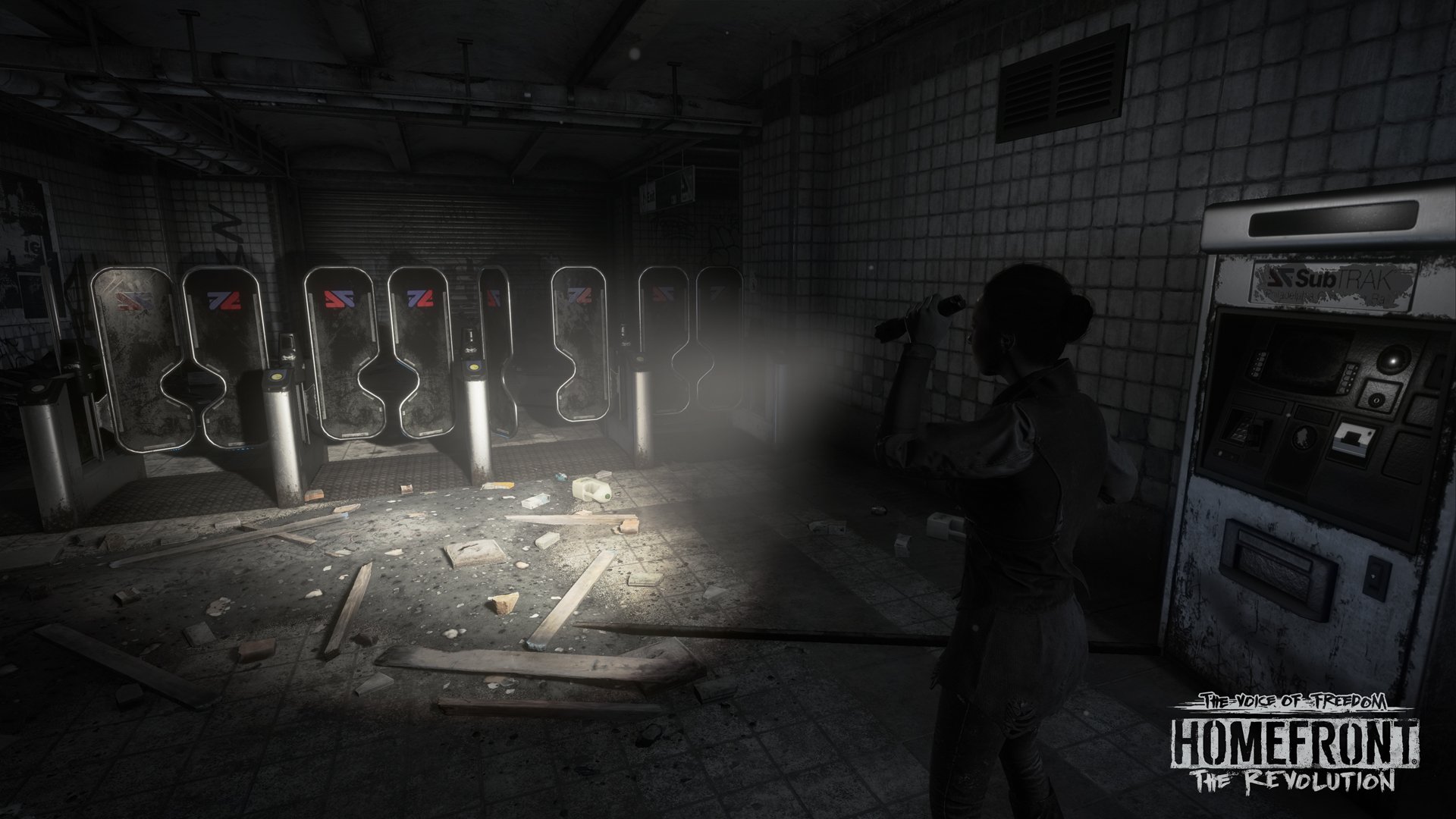
-
homefront-the-revolution #49
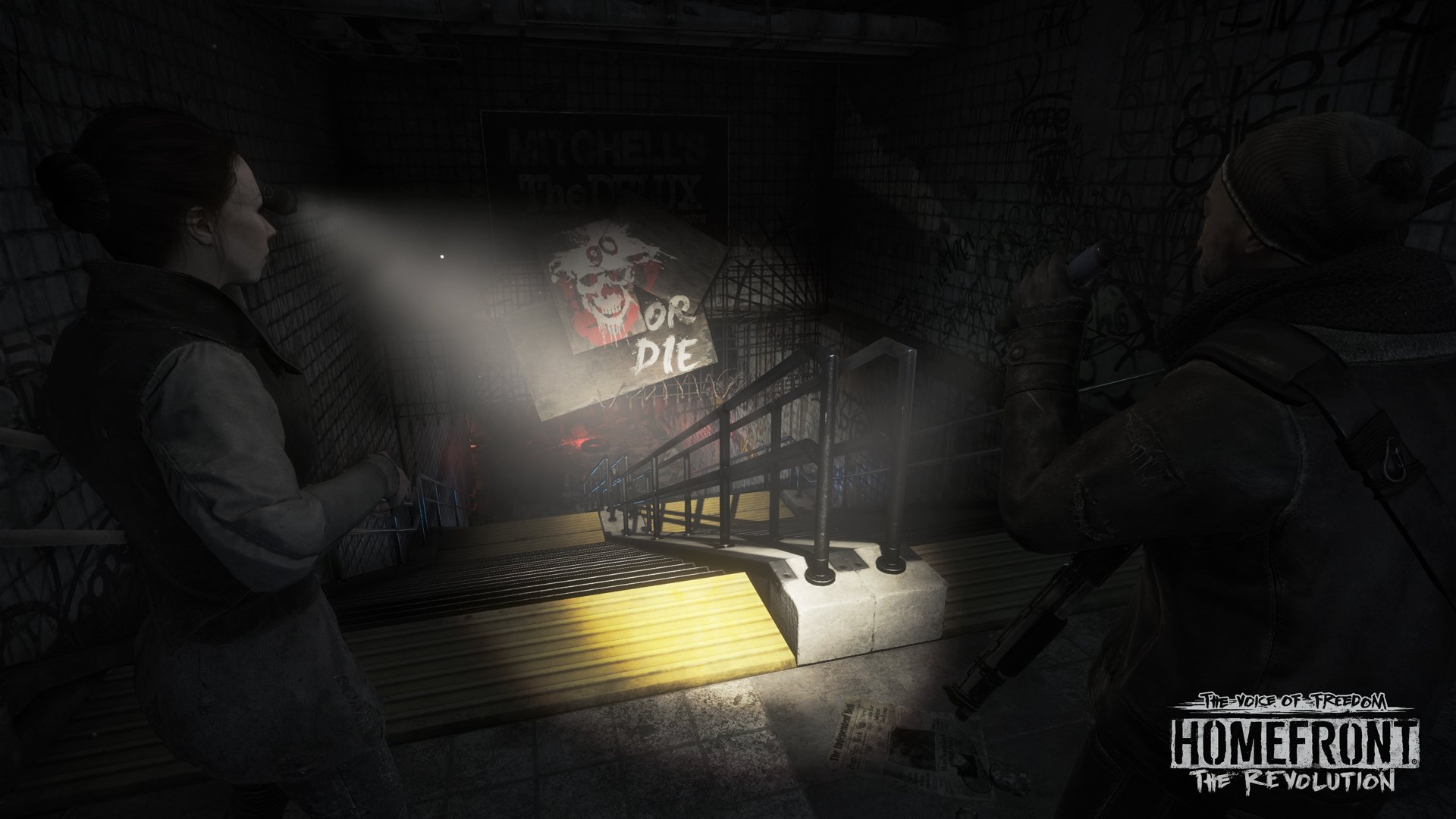
-
homefront-the-revolution #50
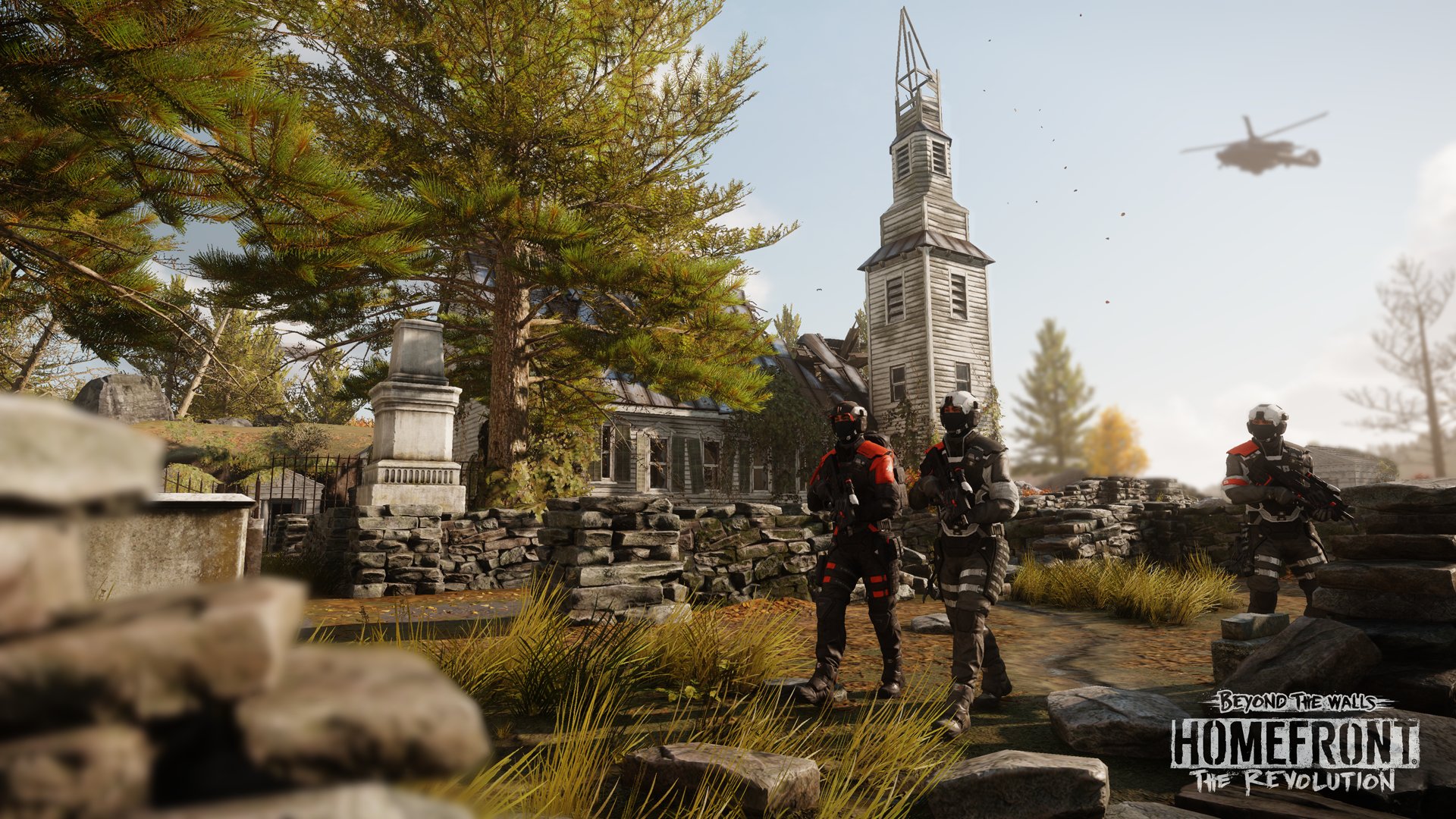
-
homefront-the-revolution #51
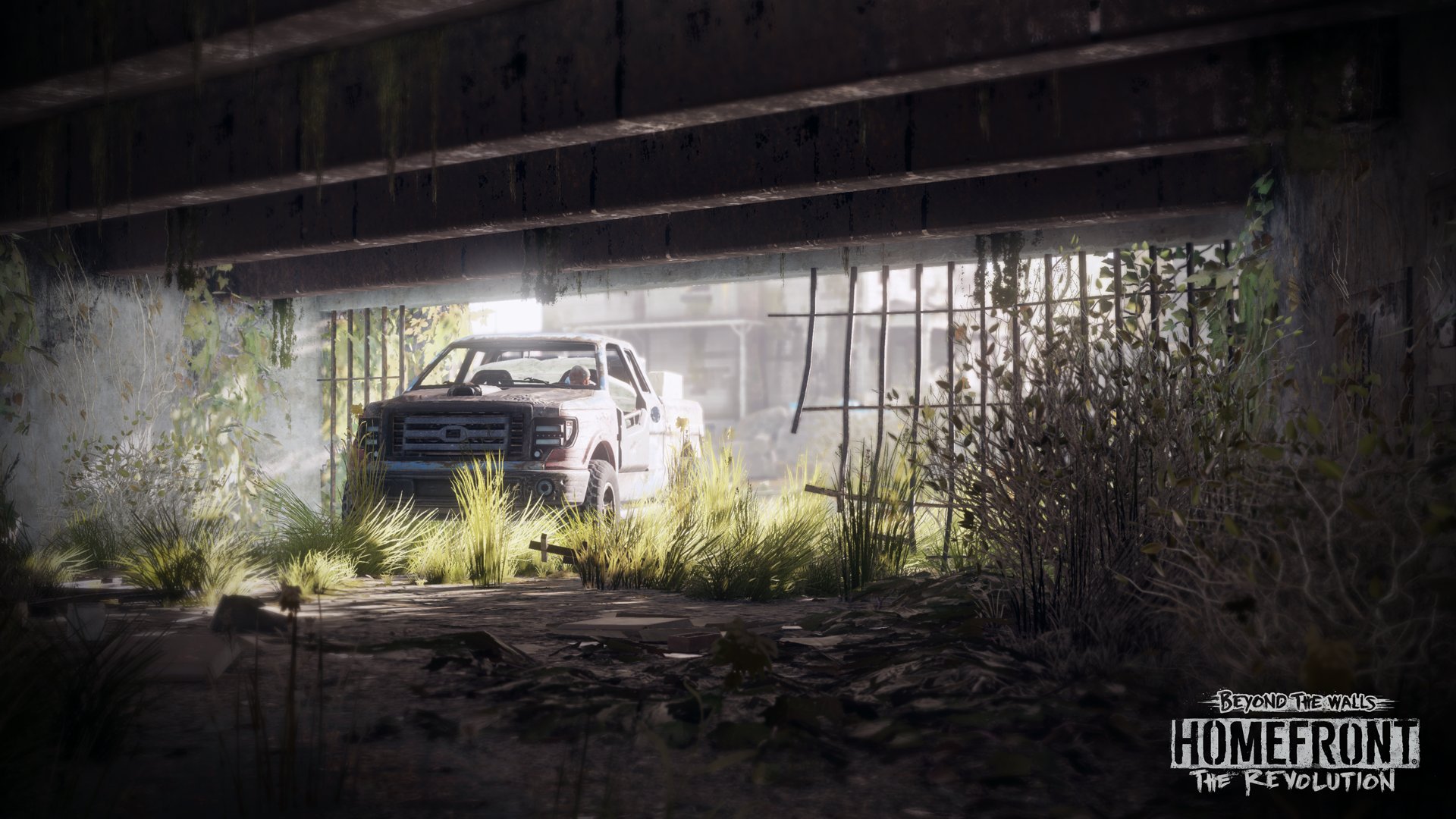
-
homefront-the-revolution #52
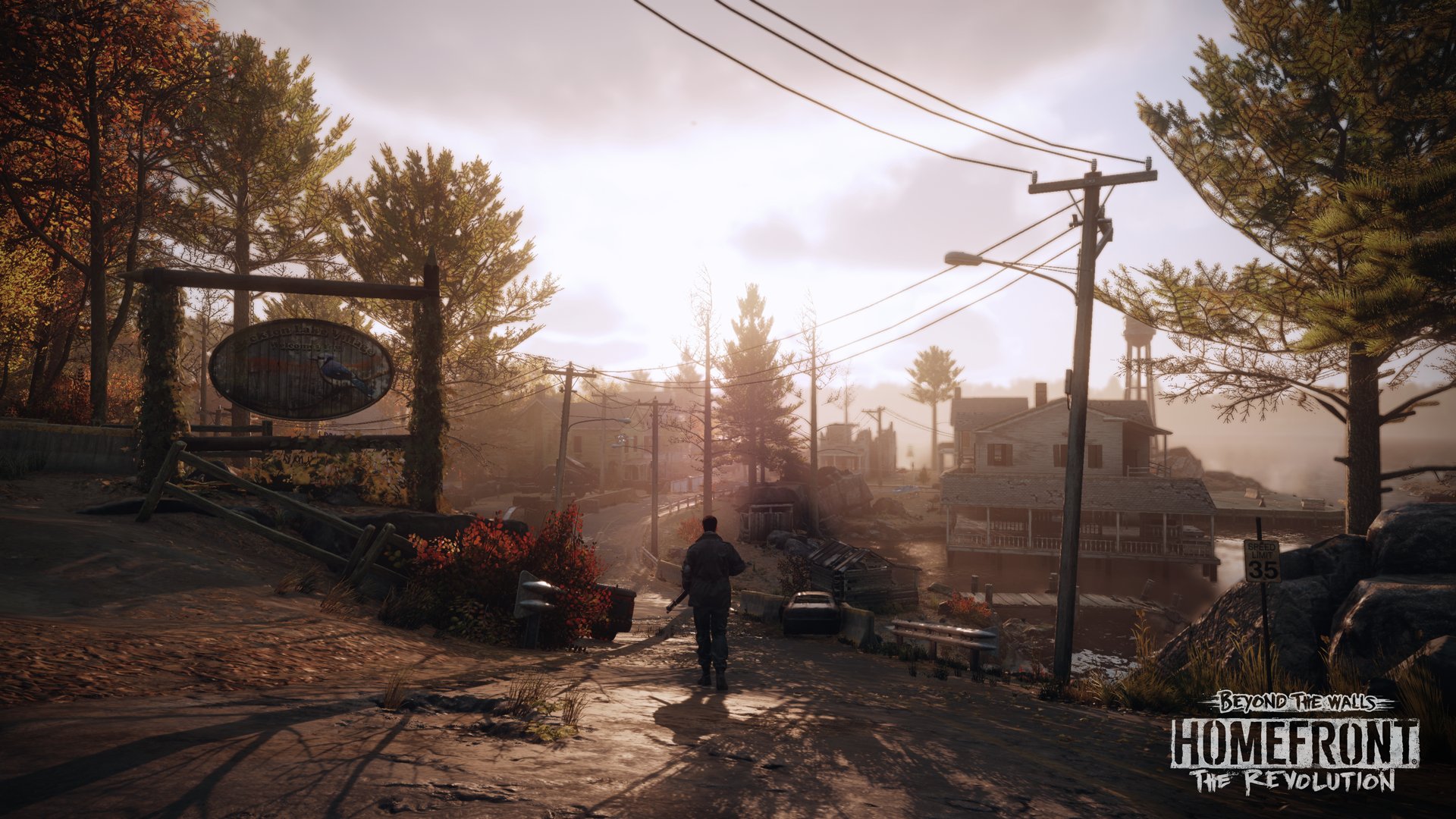
-
homefront-the-revolution #53
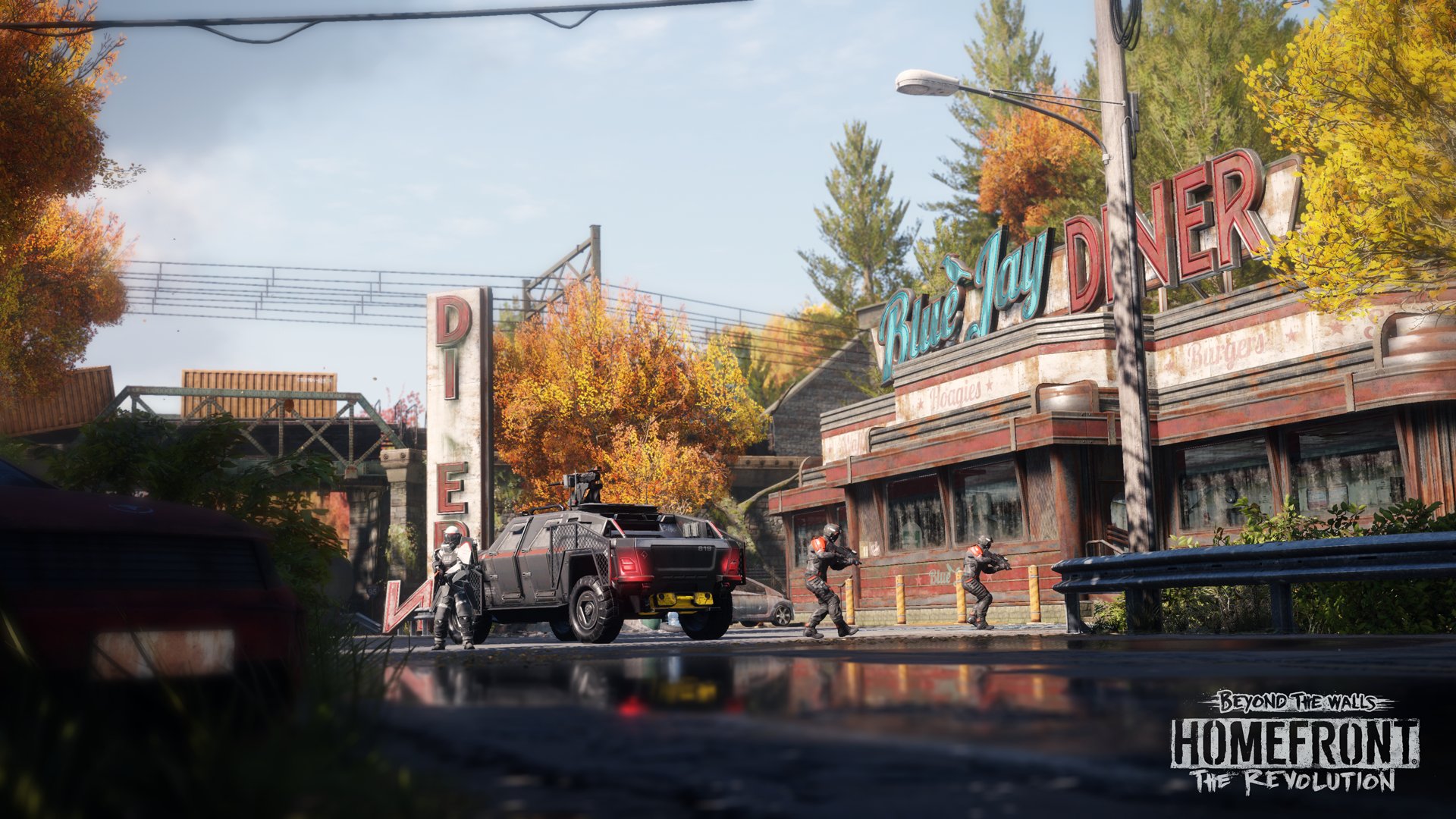
-
homefront-the-revolution #54
